Rensselaer County Historic Society - The 62nd Annual Holiday Greens Show
RCHS Holiday Greens Show 2018
The 62nd Annual Holiday Greens Show
Nov. 29, 2018 - Dec. 2, 2018
Rensselaer County Historical Society
57 Second Street Troy, NY 12180
Each year in December, the Rensselaer County Historical Society decks the halls of its Hart-Cluett House headquarters located at 57 Second Street in downtown Troy, N.Y.
Started in 1956, the Annual Holiday Greens show transforms 12 rooms of the 1827 Federal style house-museum into an enchanted green winter land. Here’s how RCHS describes the event [ link: https://www.rchsonline.org/calendar/62nd-annual-holiday-greens-show ] :
“In the tradition of historic holiday celebration, members of the Van Rensselaer Garden Club incorporate fresh evergreen trees, greens and flowers to create an interactive experience that warms hearts, brightens eyes and fills the air with the fresh aromas of winter woods. As you wander through the house, you can sense the grandeur and elegance Troy held as one of America’s most prosperous cities in the 19th and 20th centuries.“
According to RCHS, the greens show inspired Troy’s celebrated Victorian Stroll. [ link: https://www.victorianstroll.com/ ] The show is certainly one of the most popular attractions during the Stroll today. But because cut greens can dry out quickly, becoming a potential fire hazard, the spectacle only lasts a few days before the organic materials are removed.
Now, thanks to 3D camera technology, you can explore this exhibit virtually at any time.
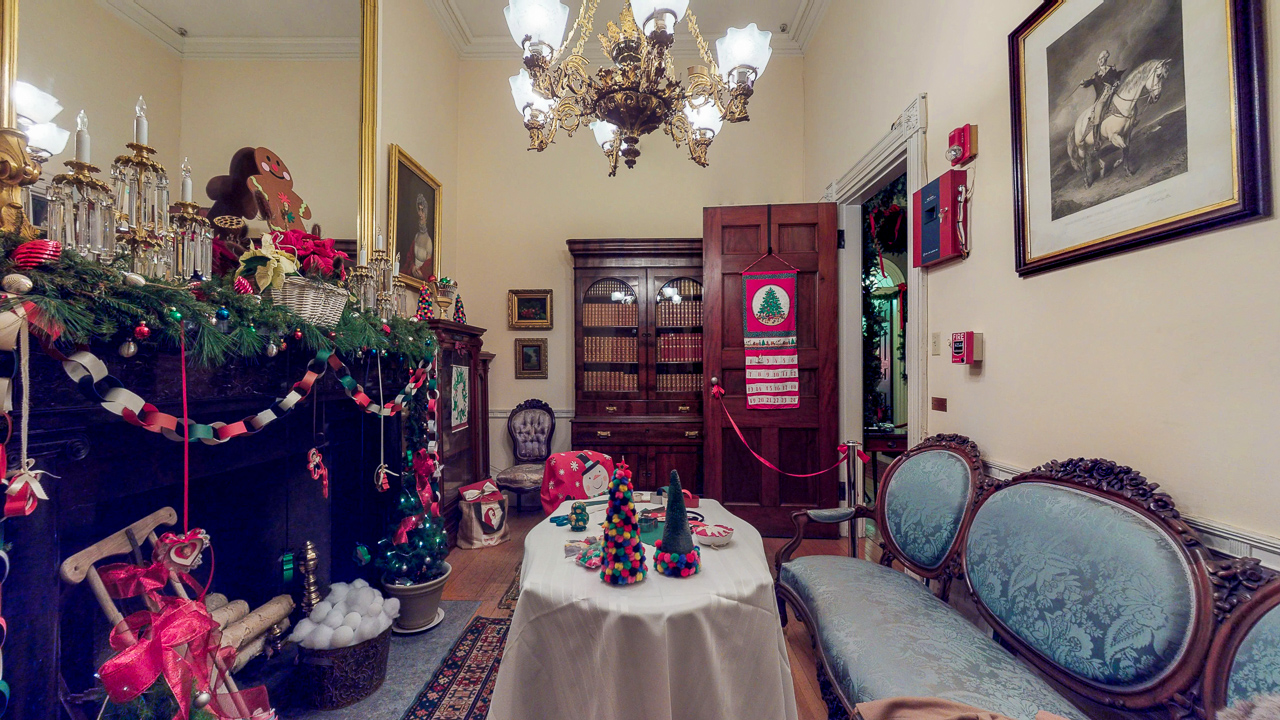
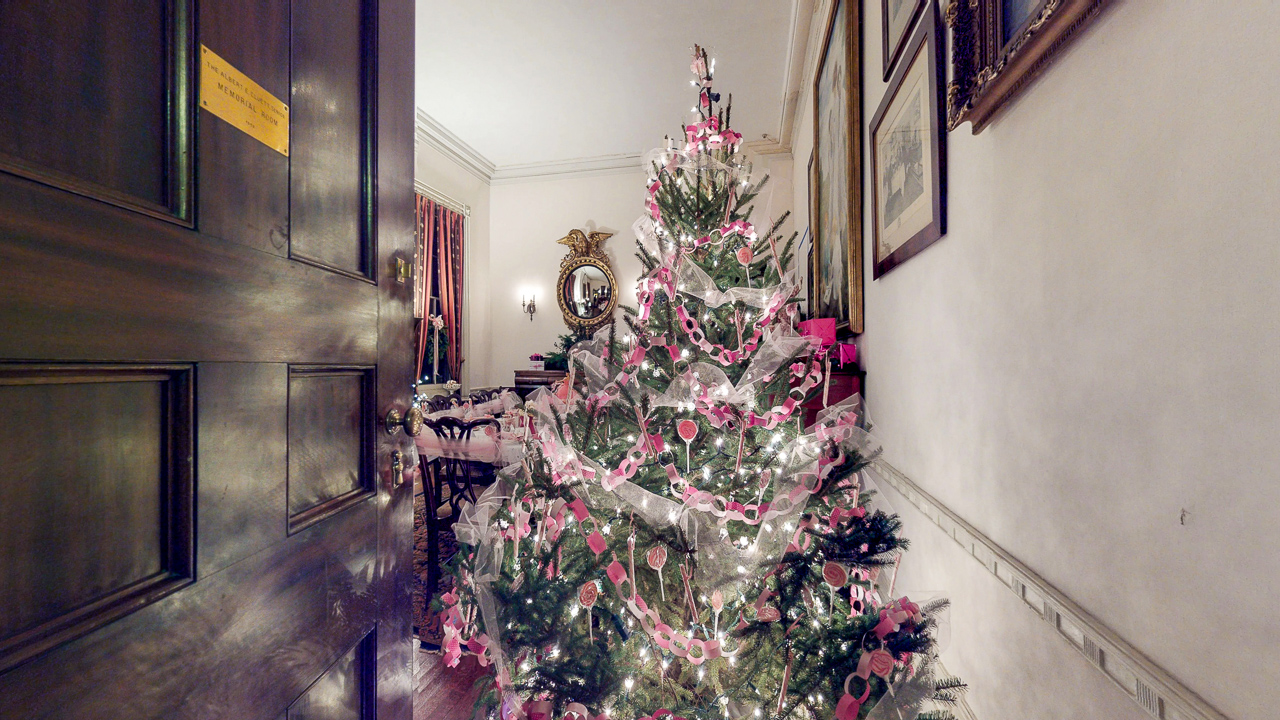


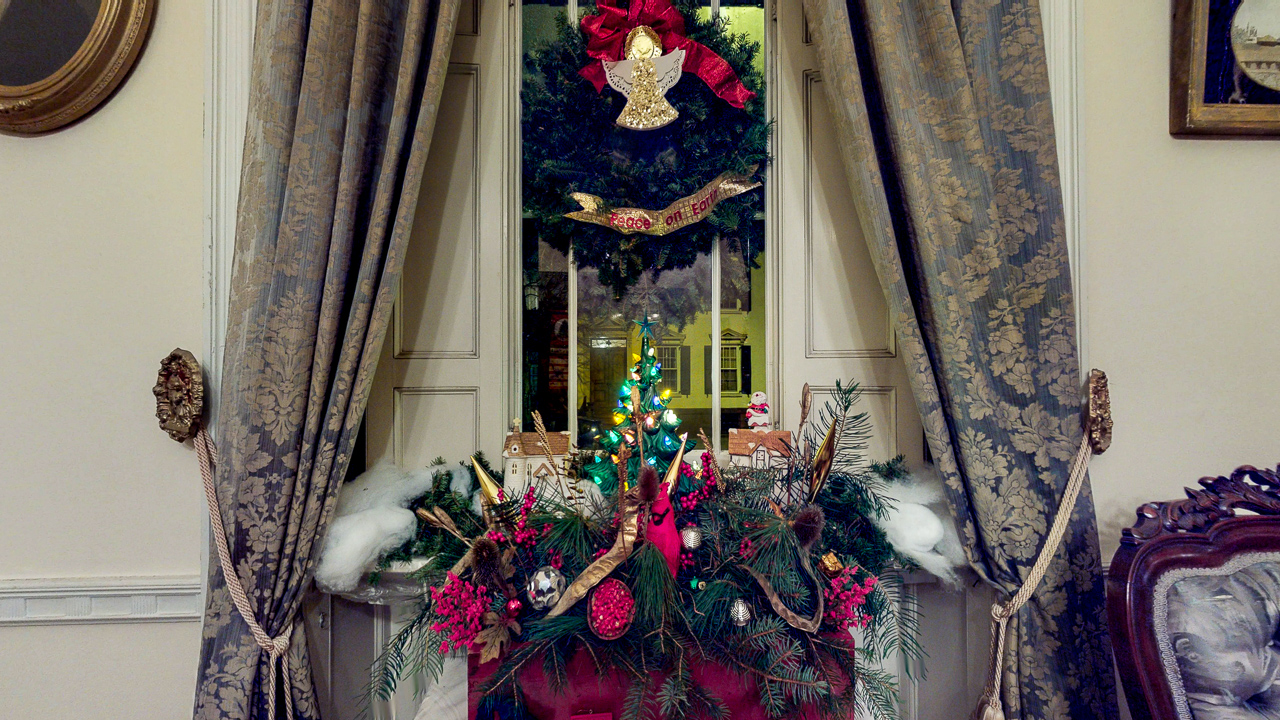
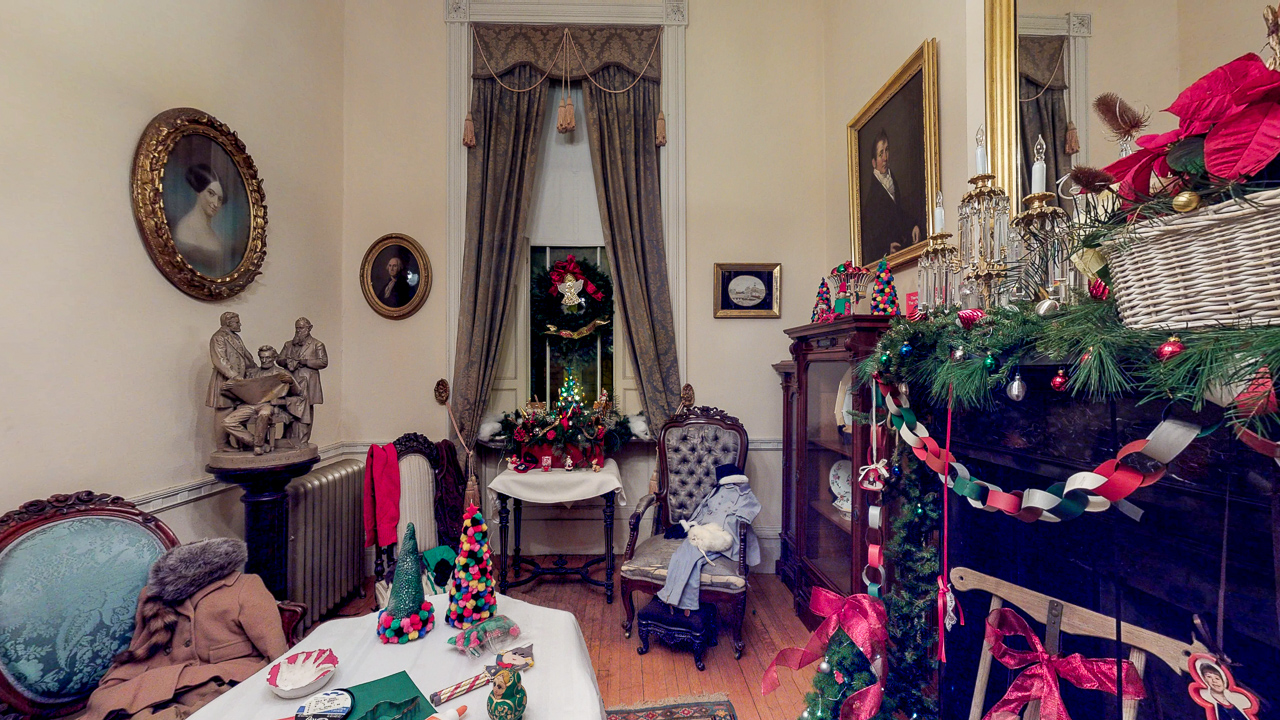
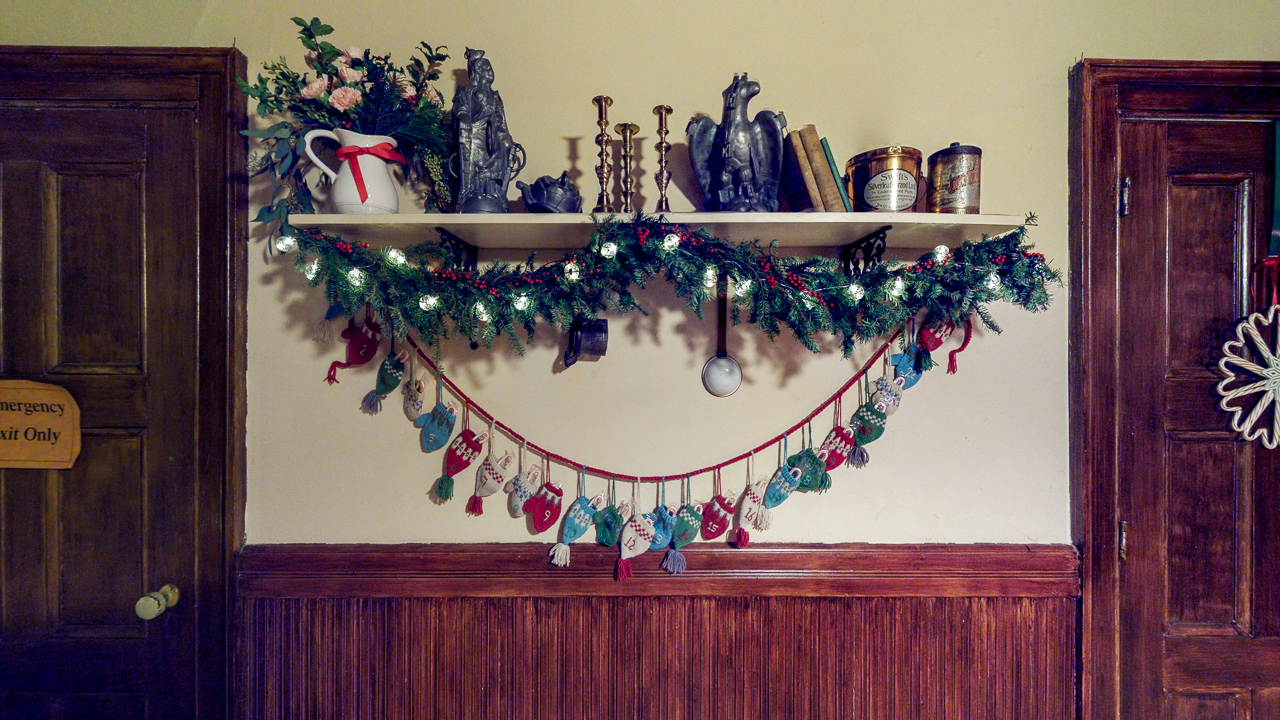
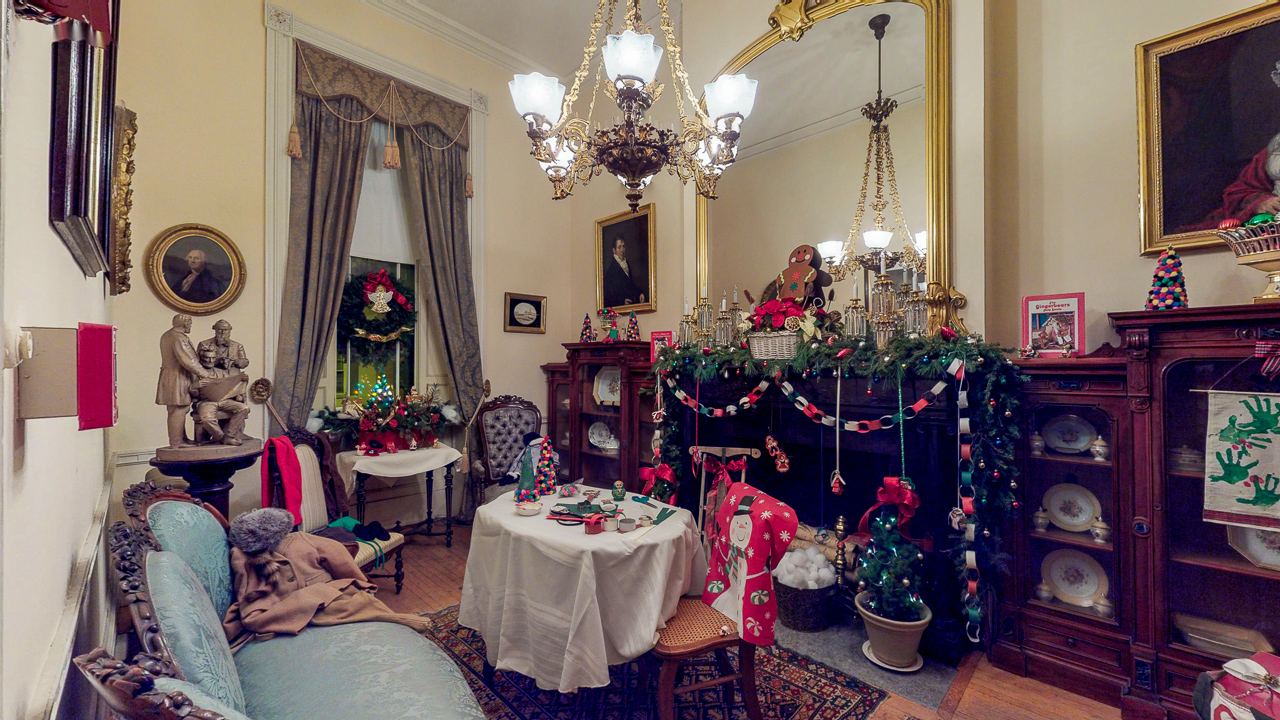

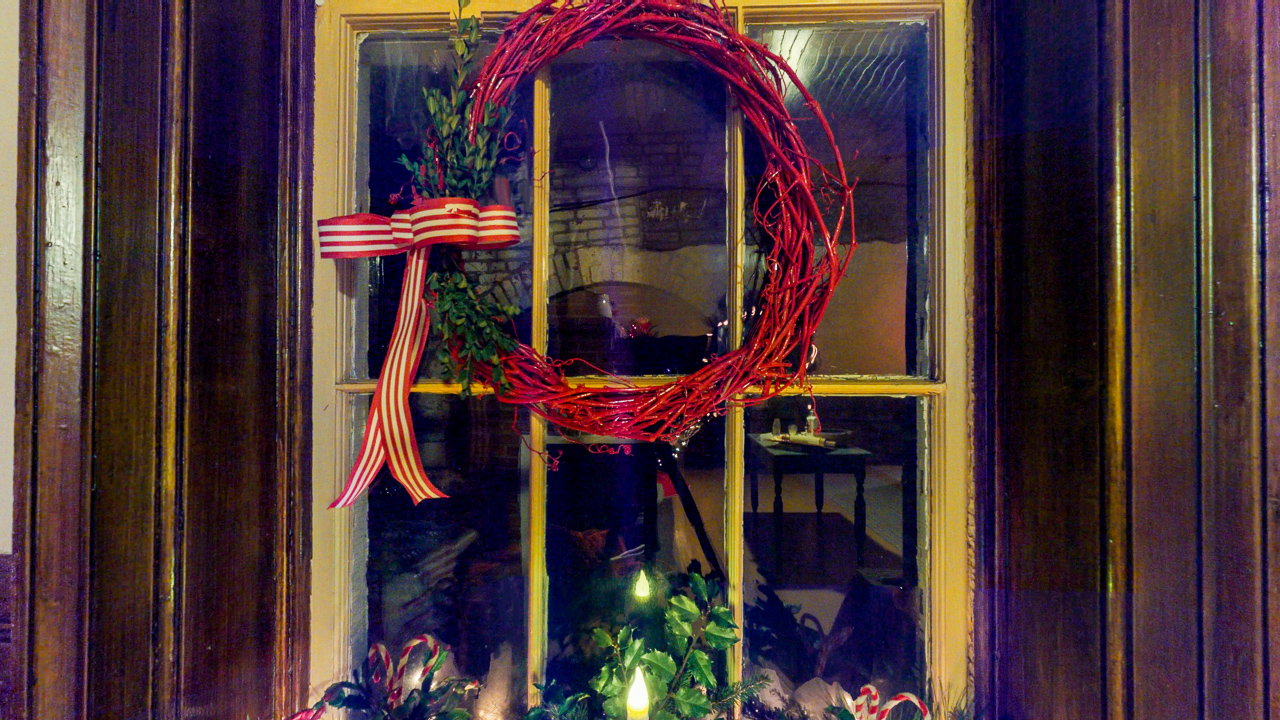
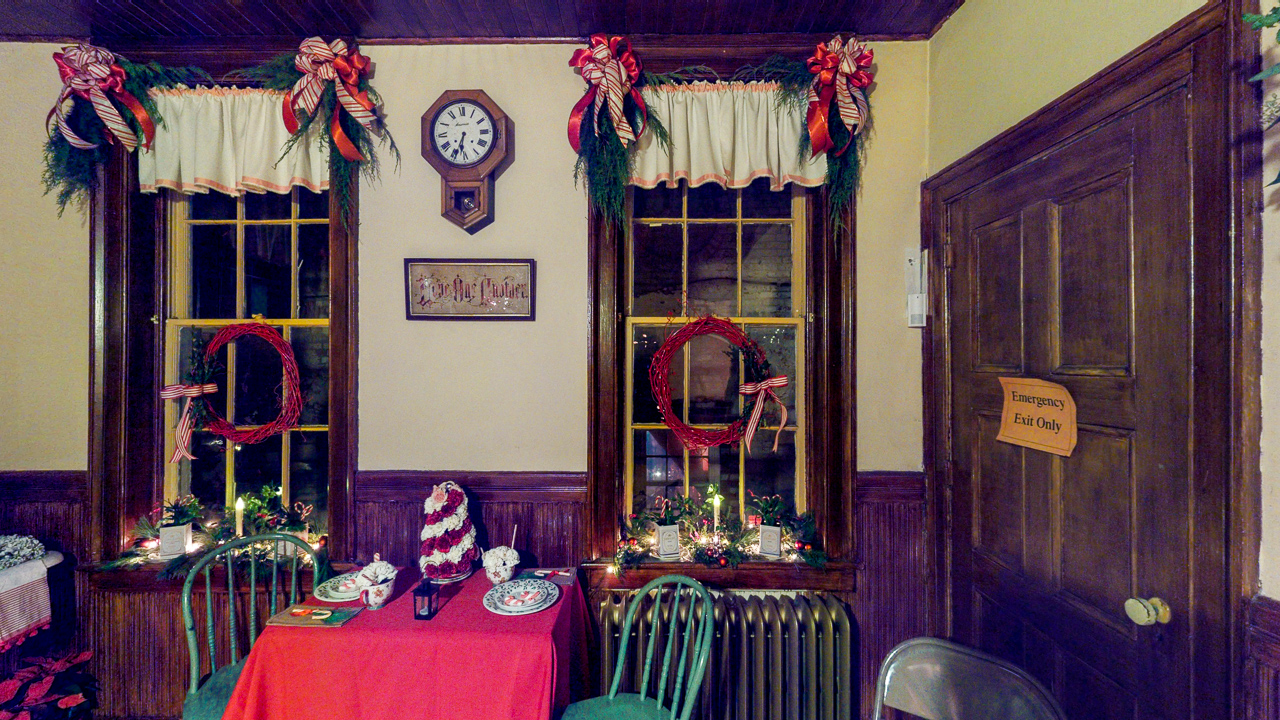
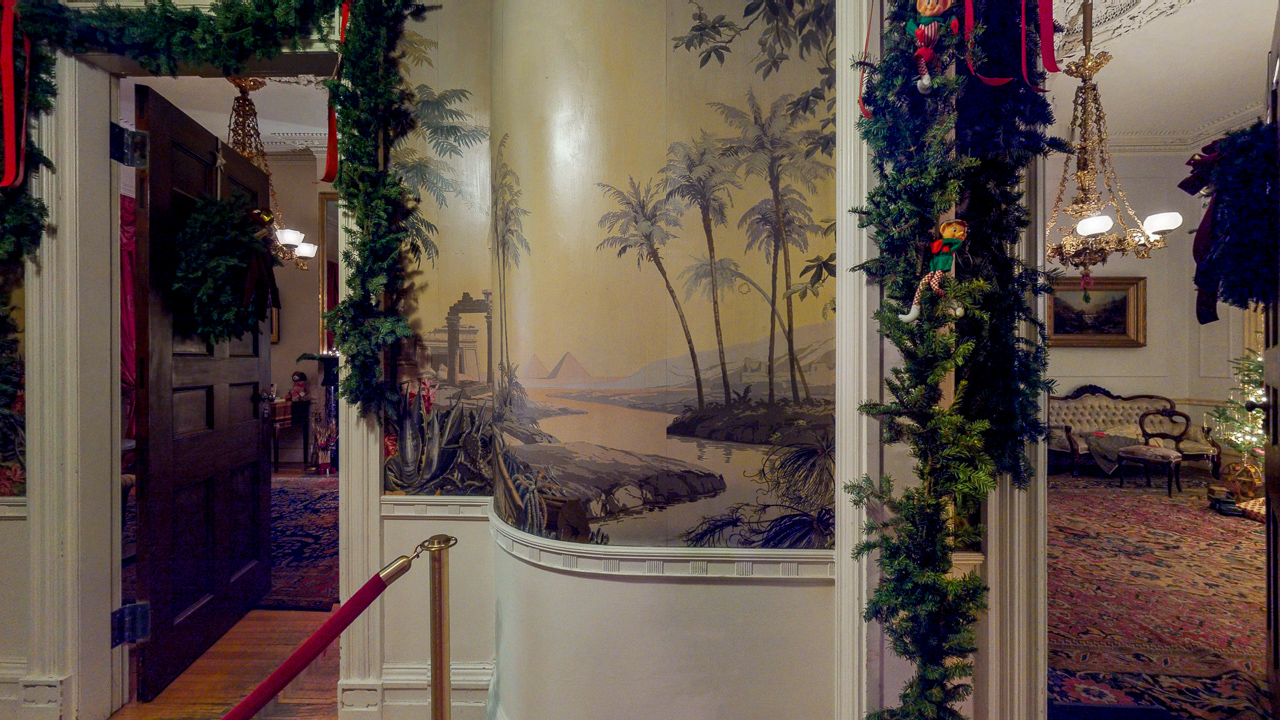
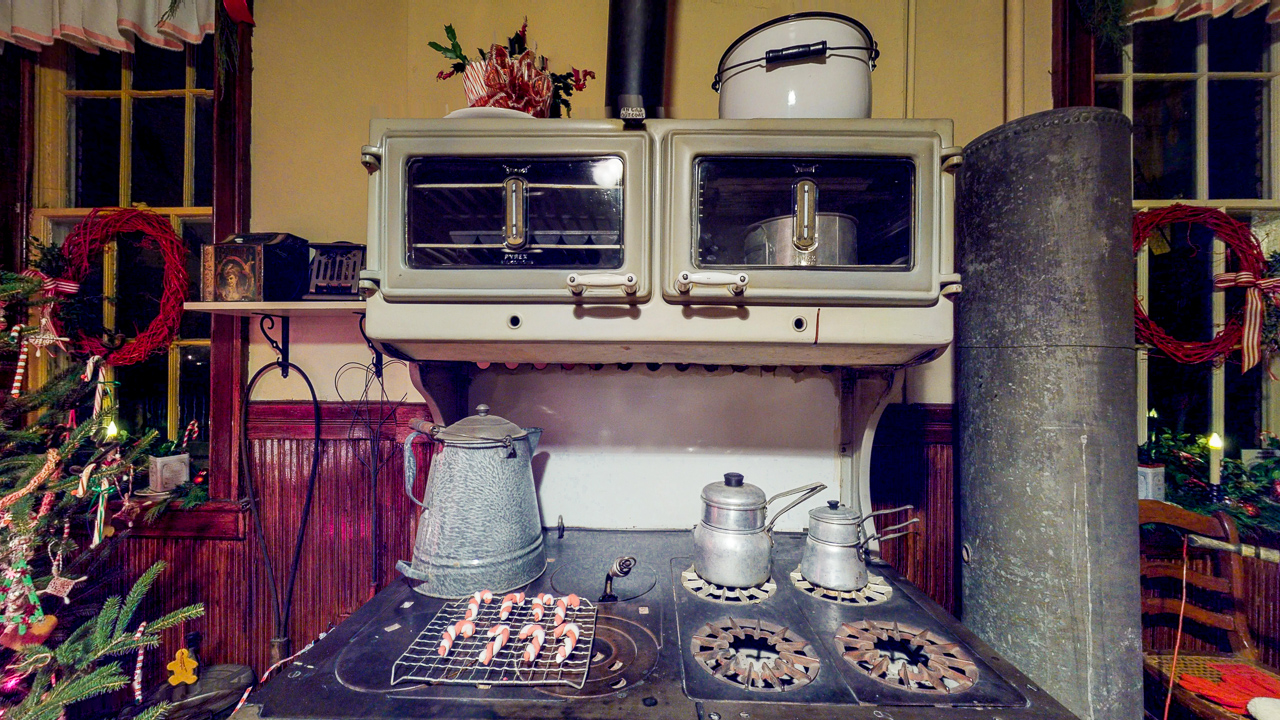
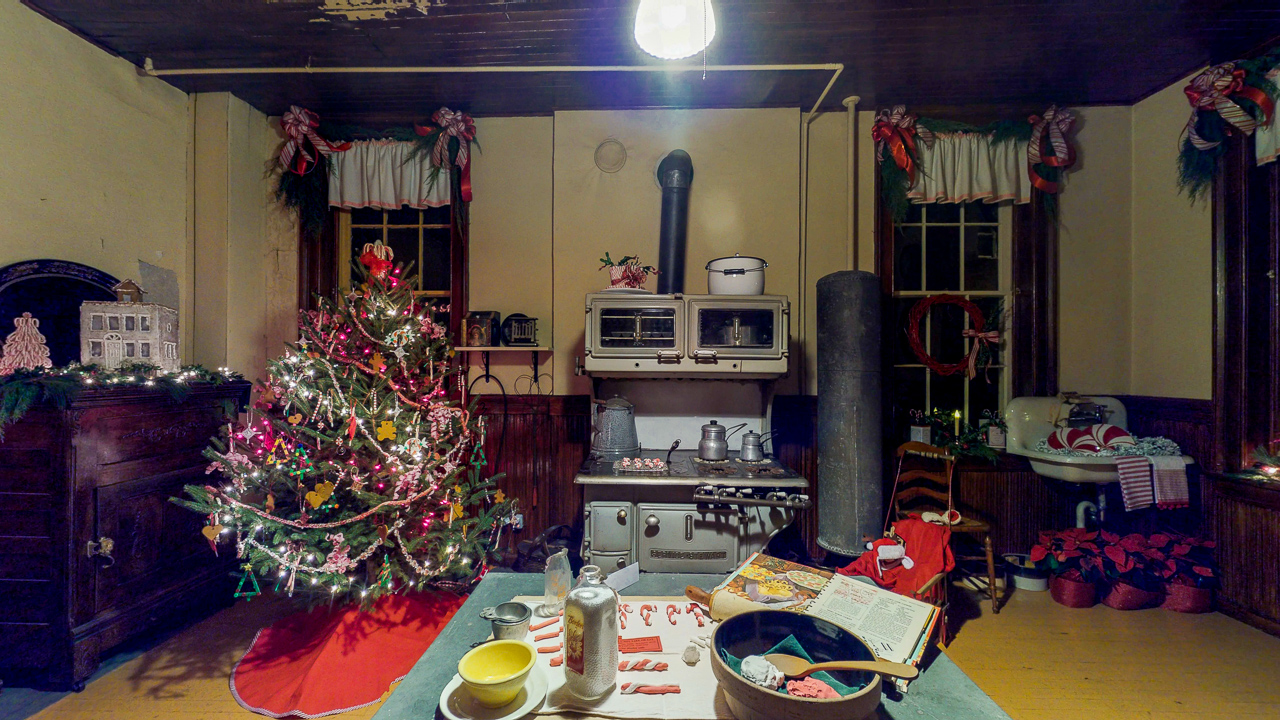

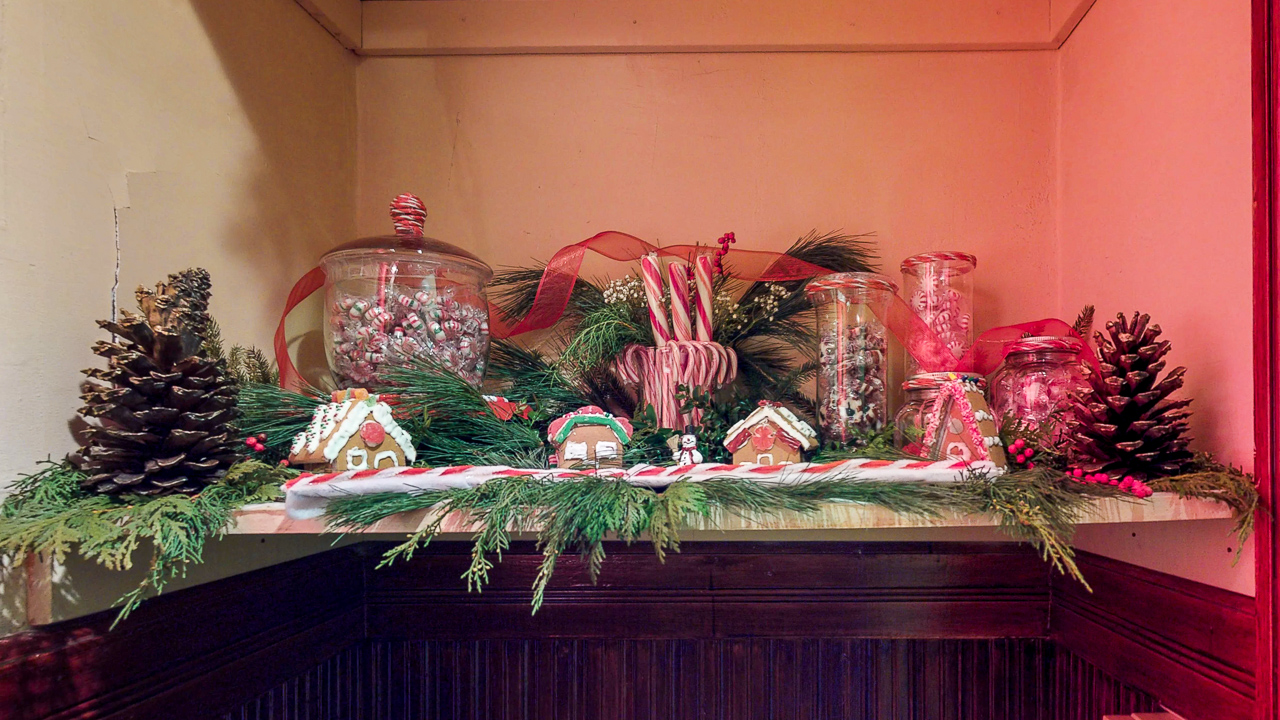

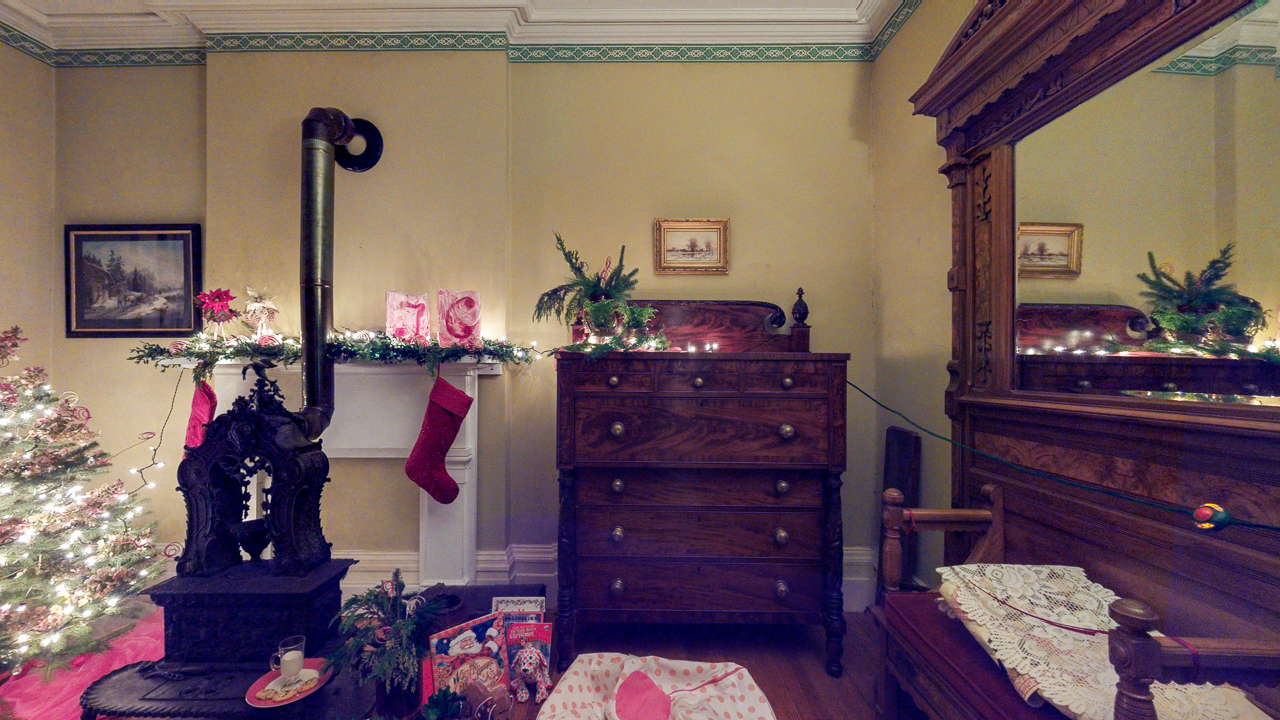
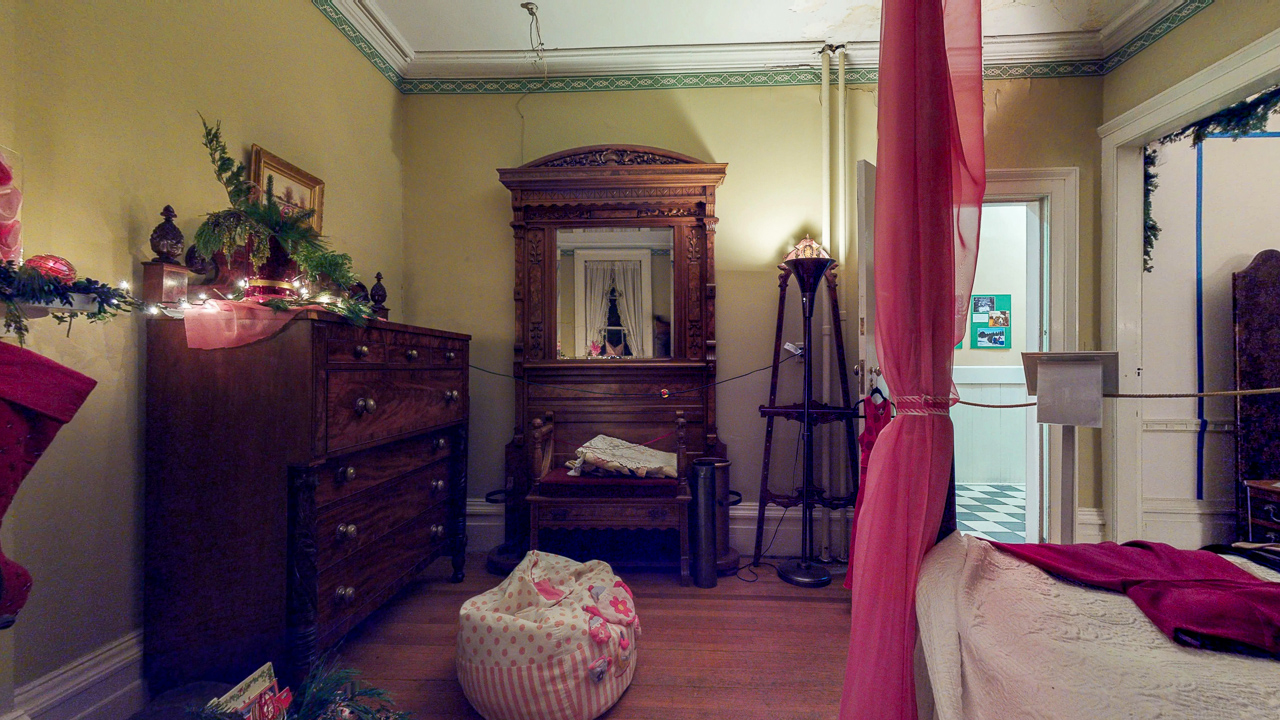
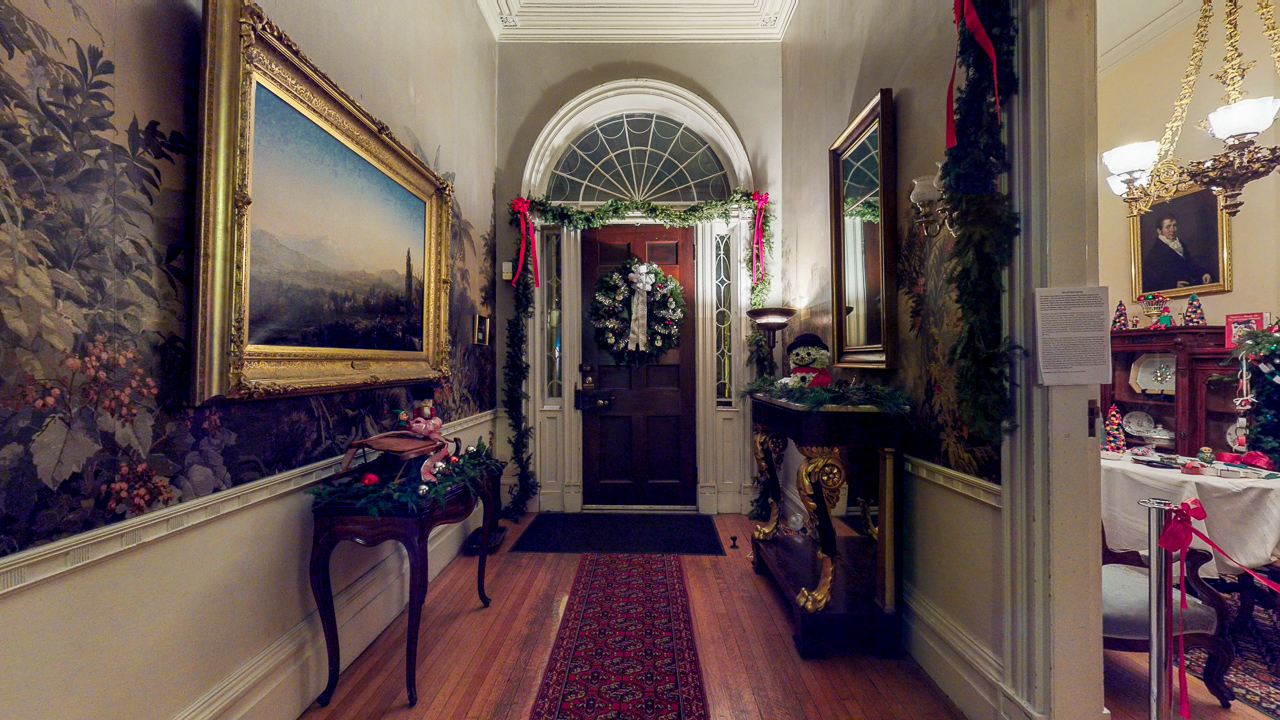
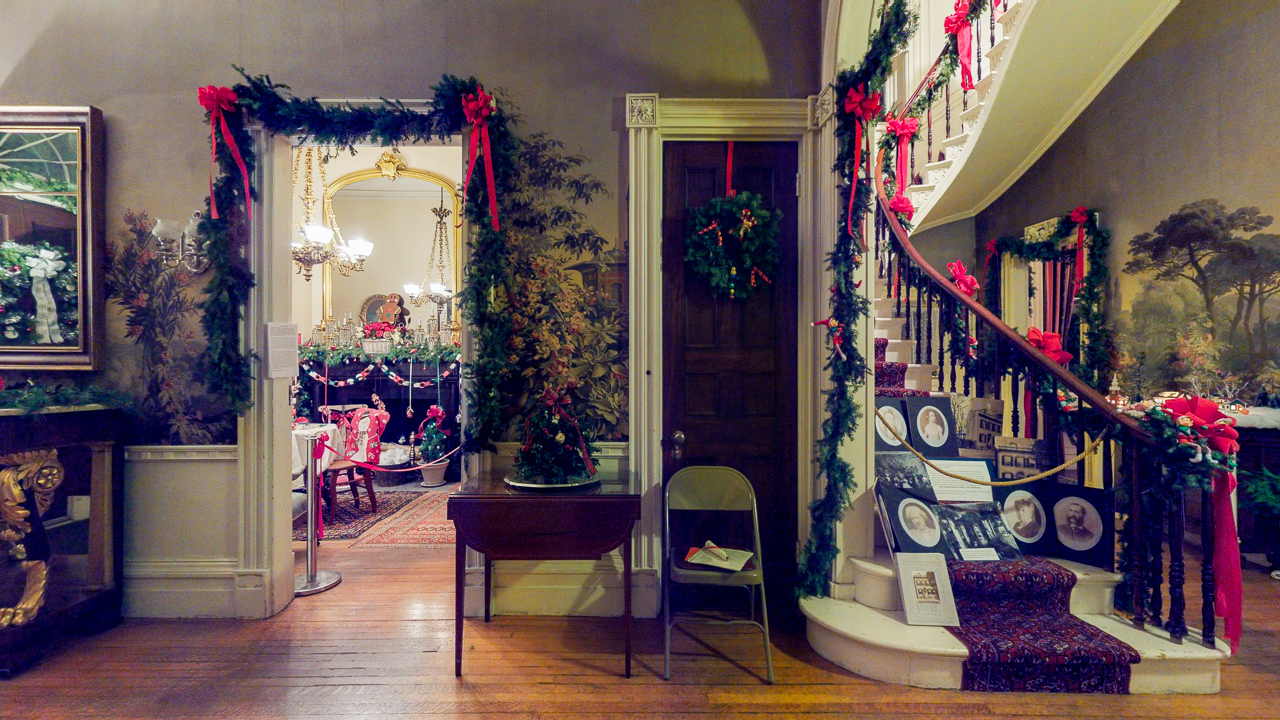
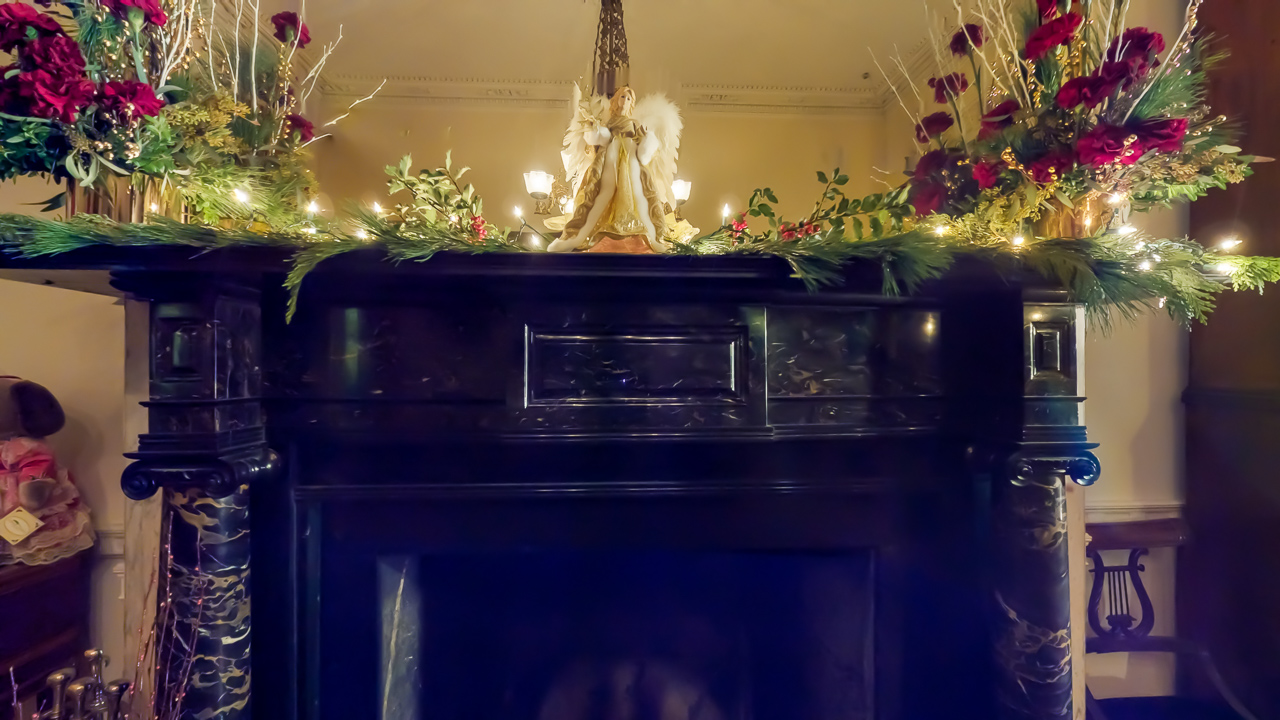
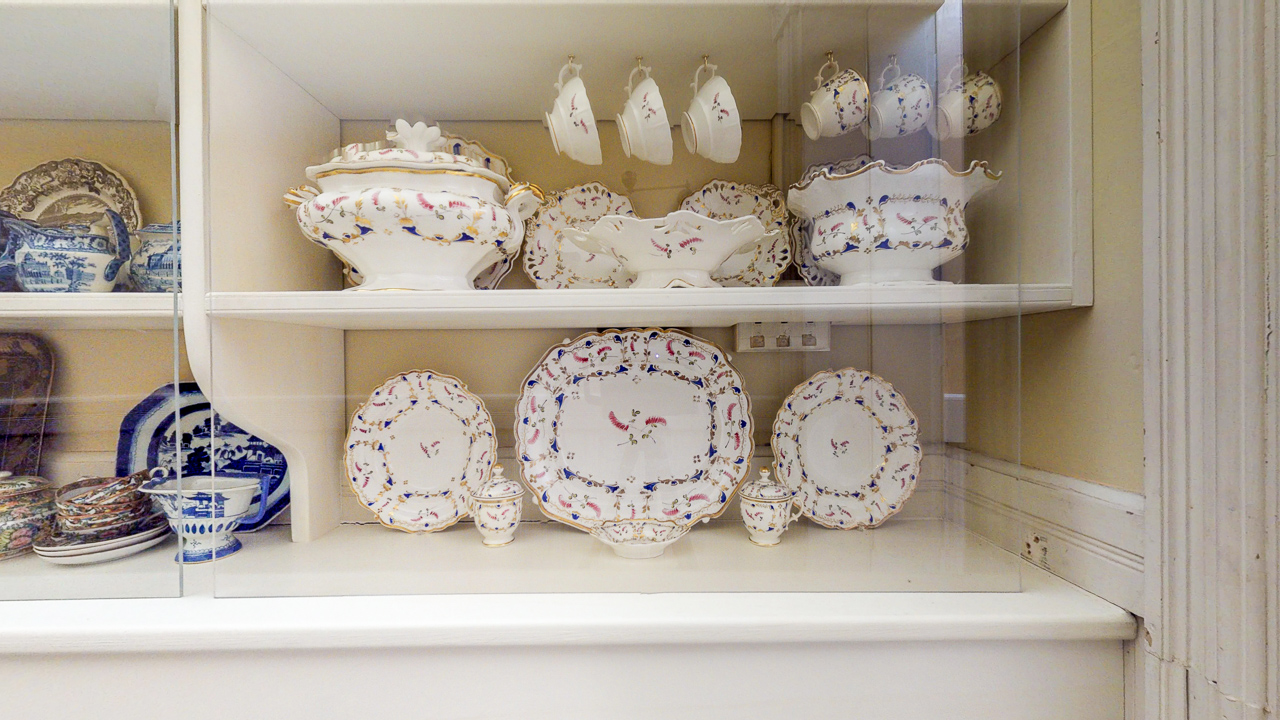
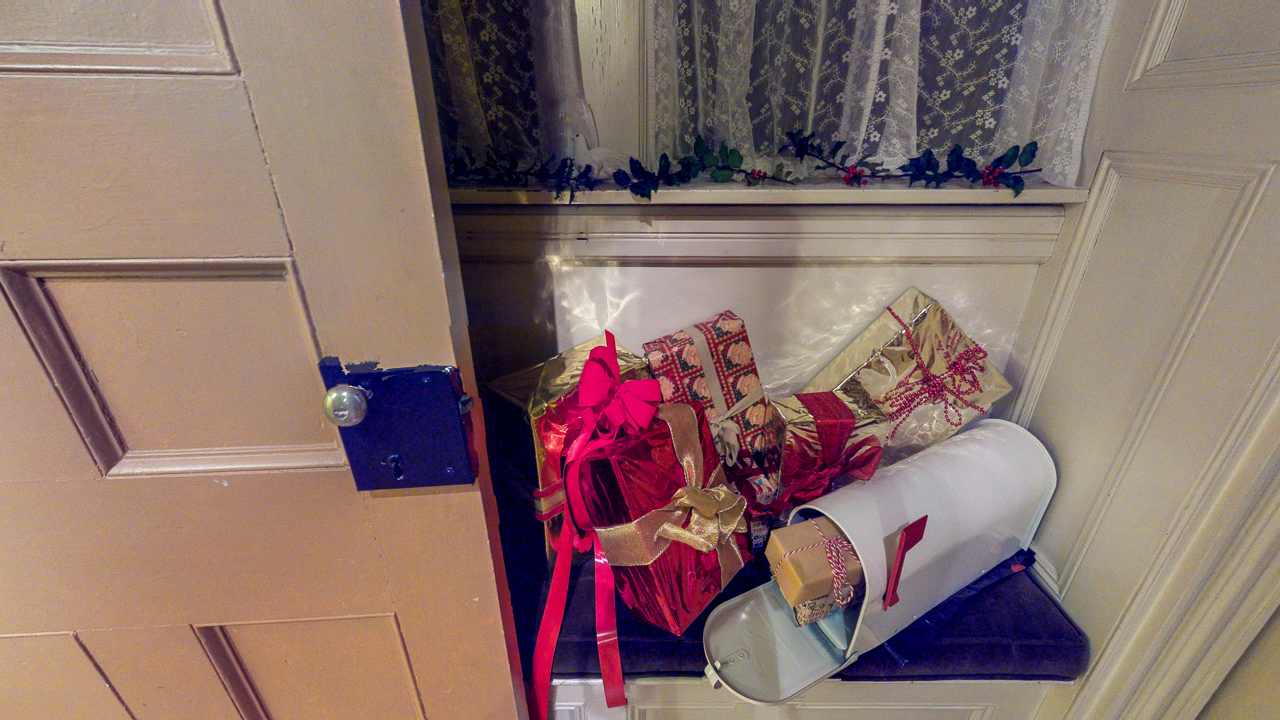
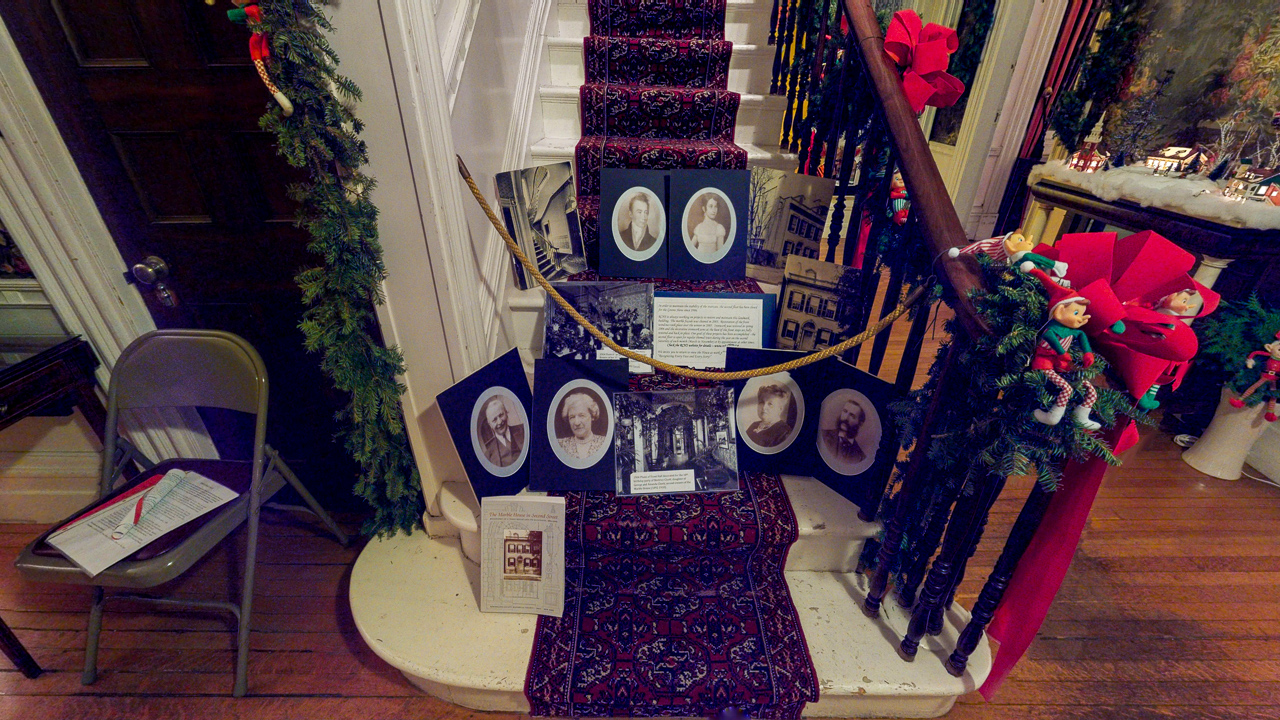
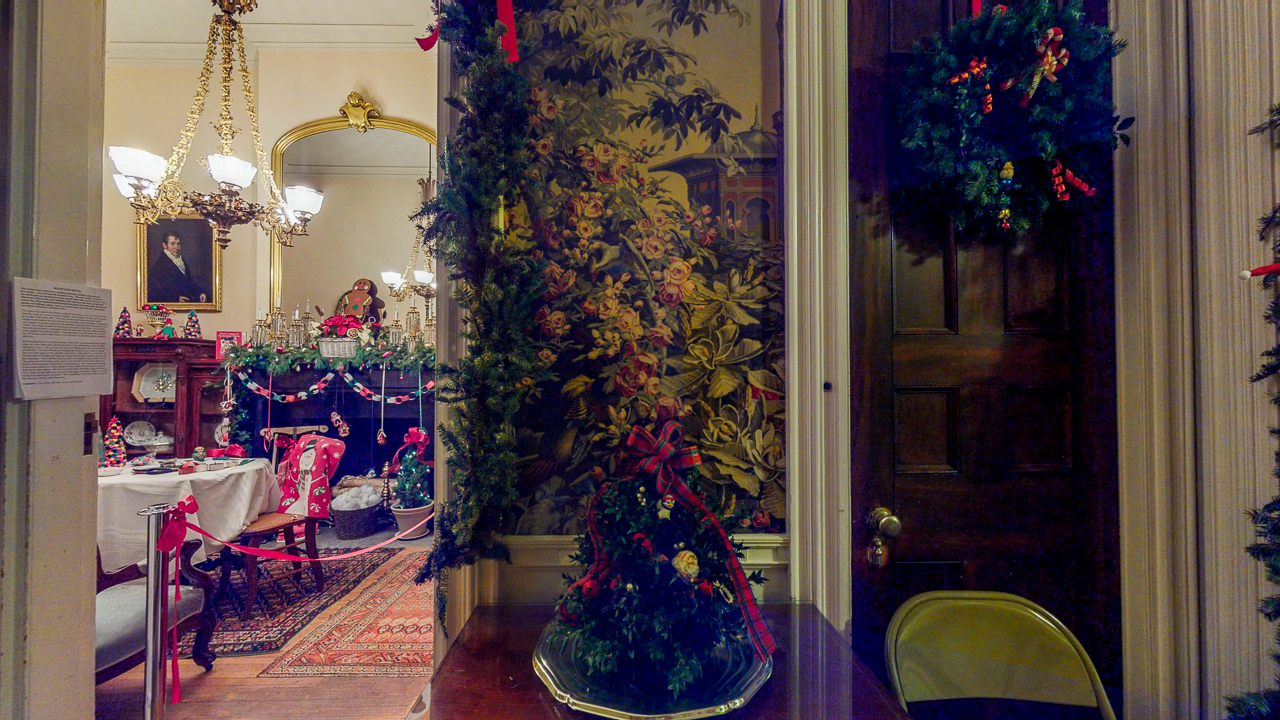

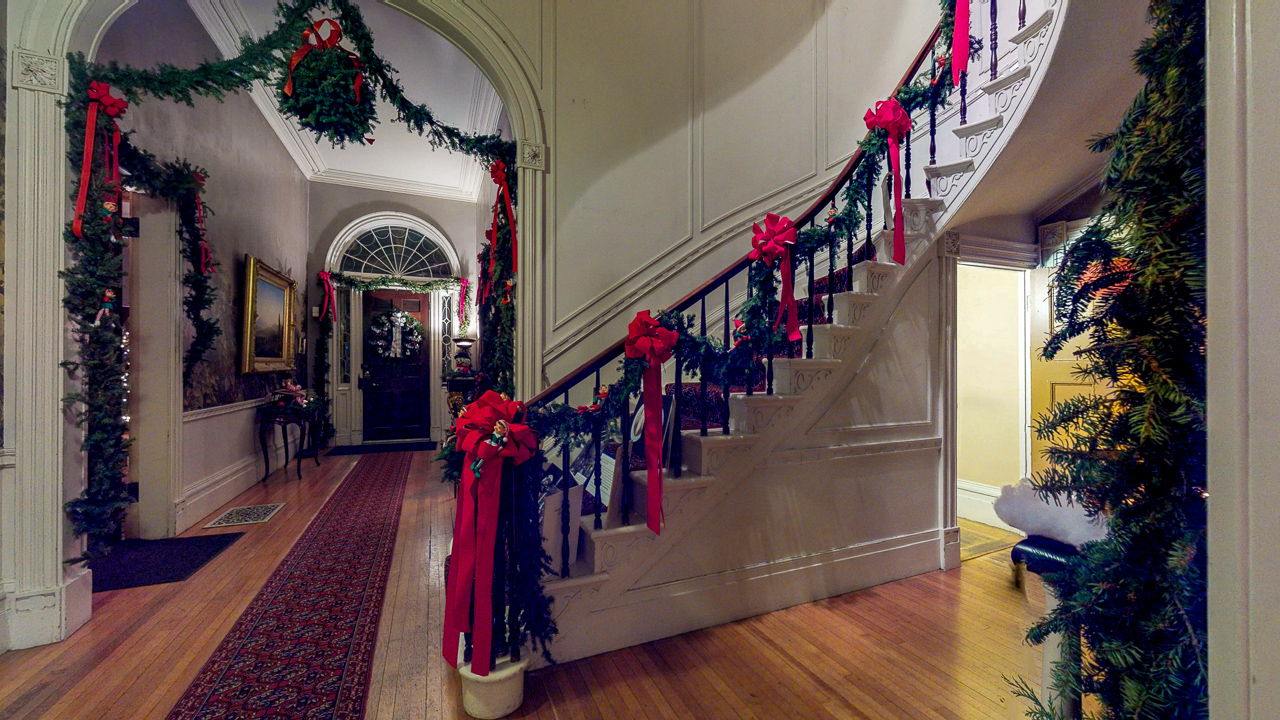
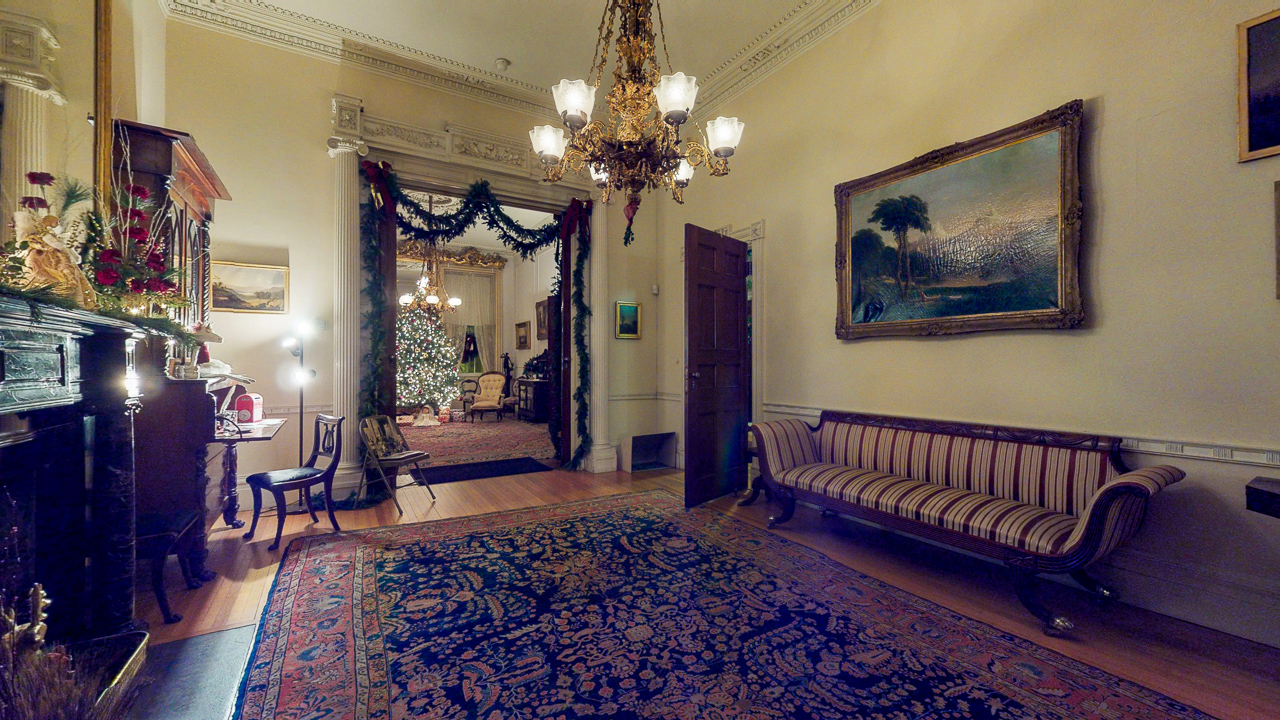
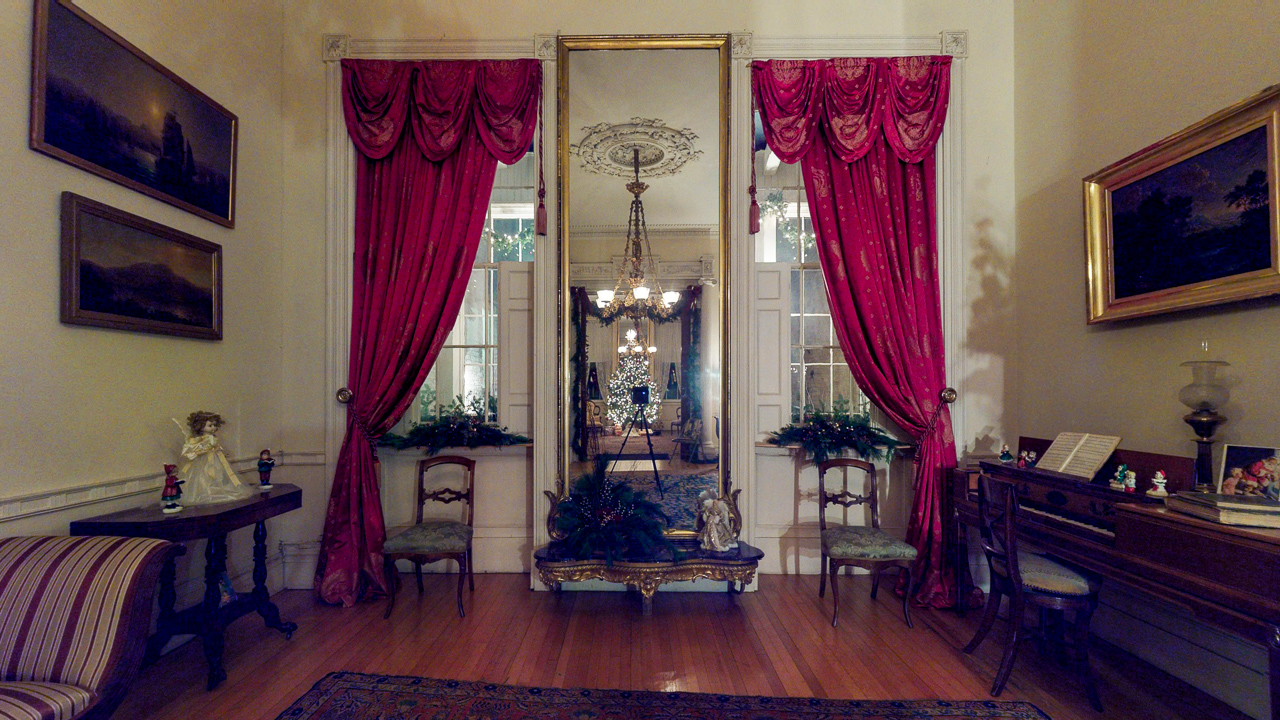
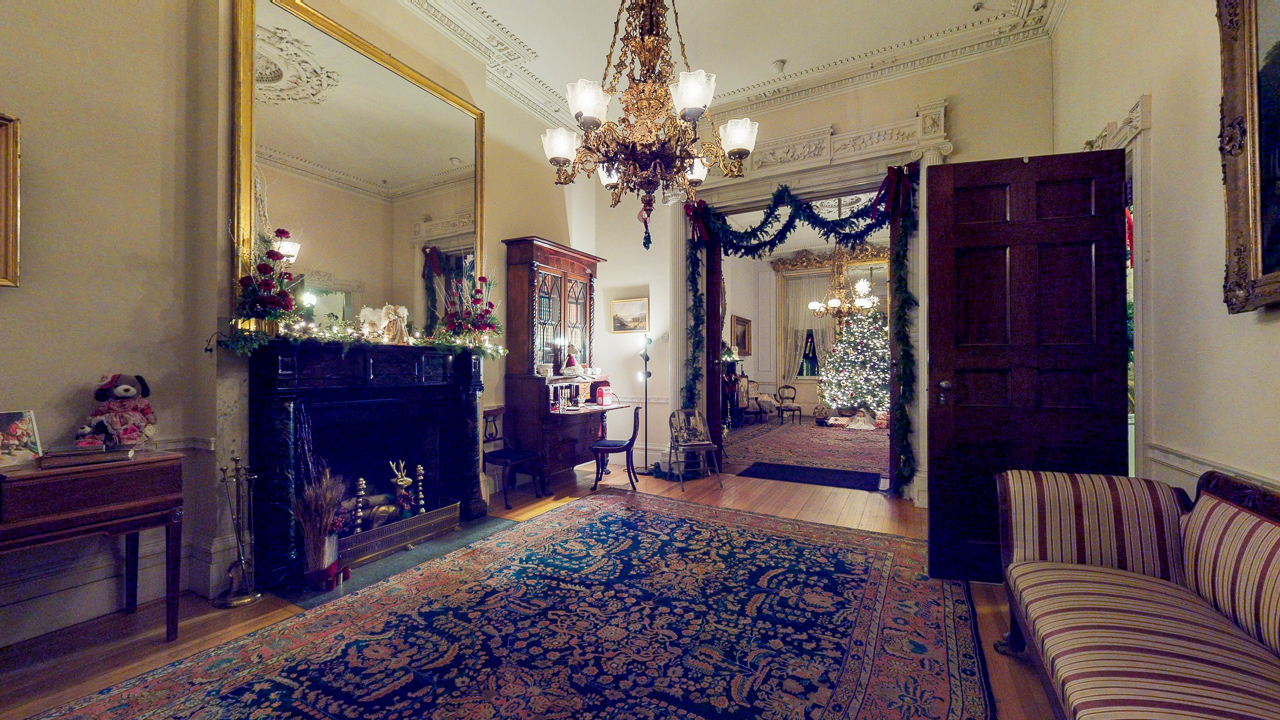
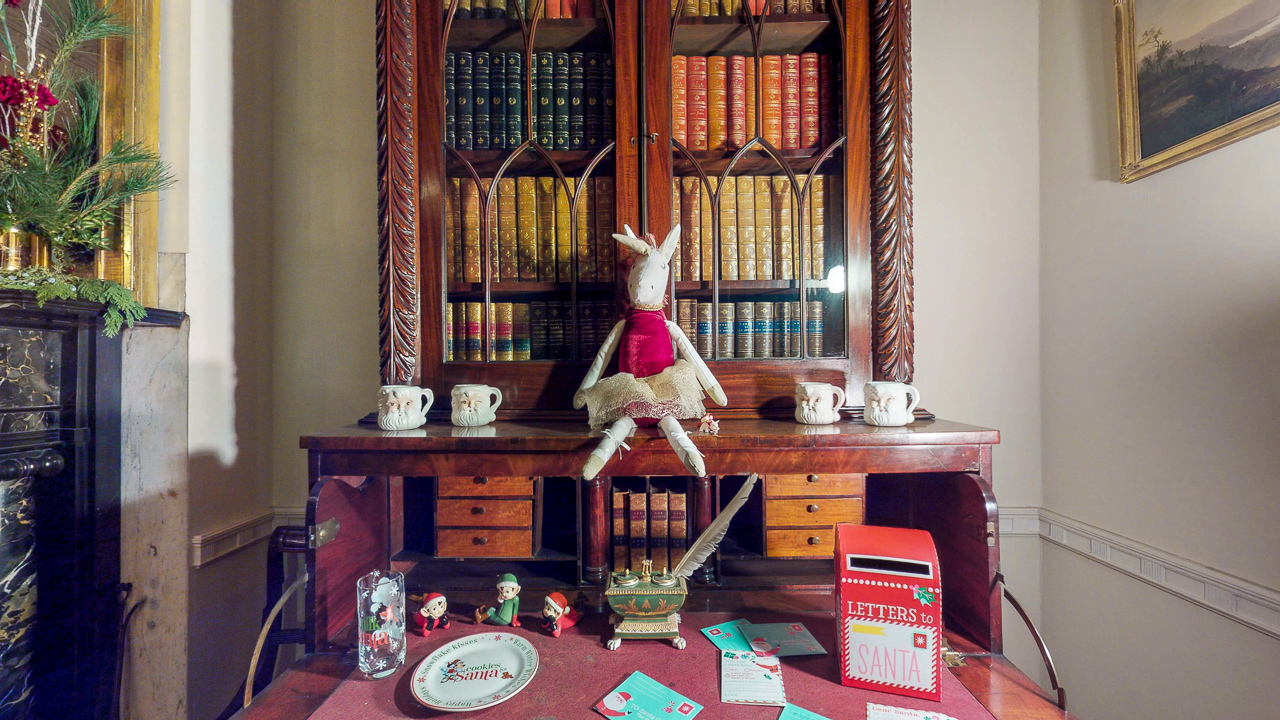
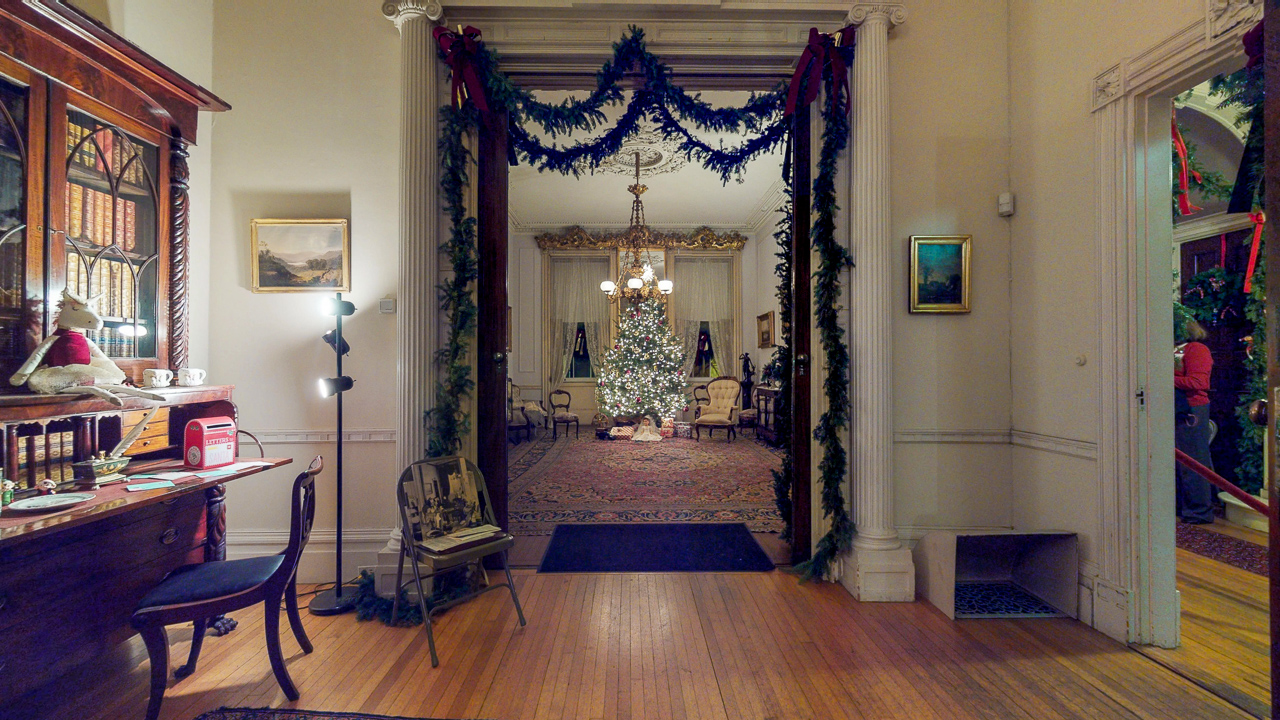
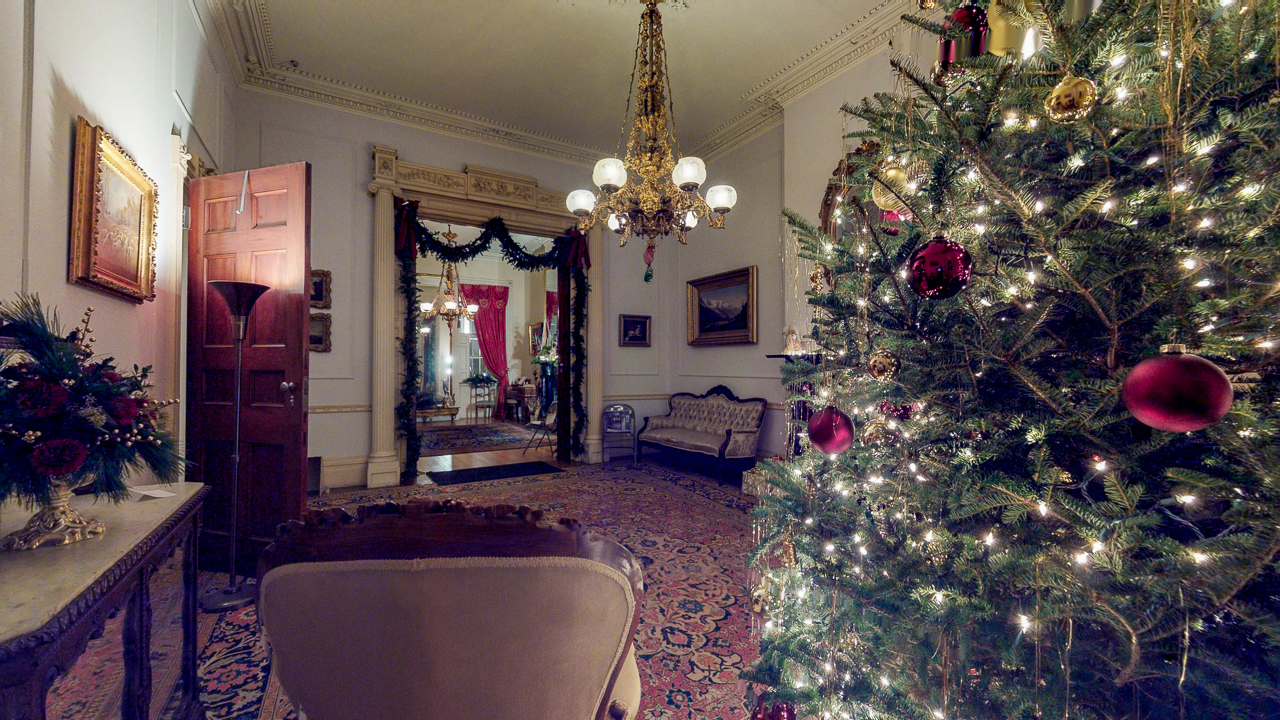
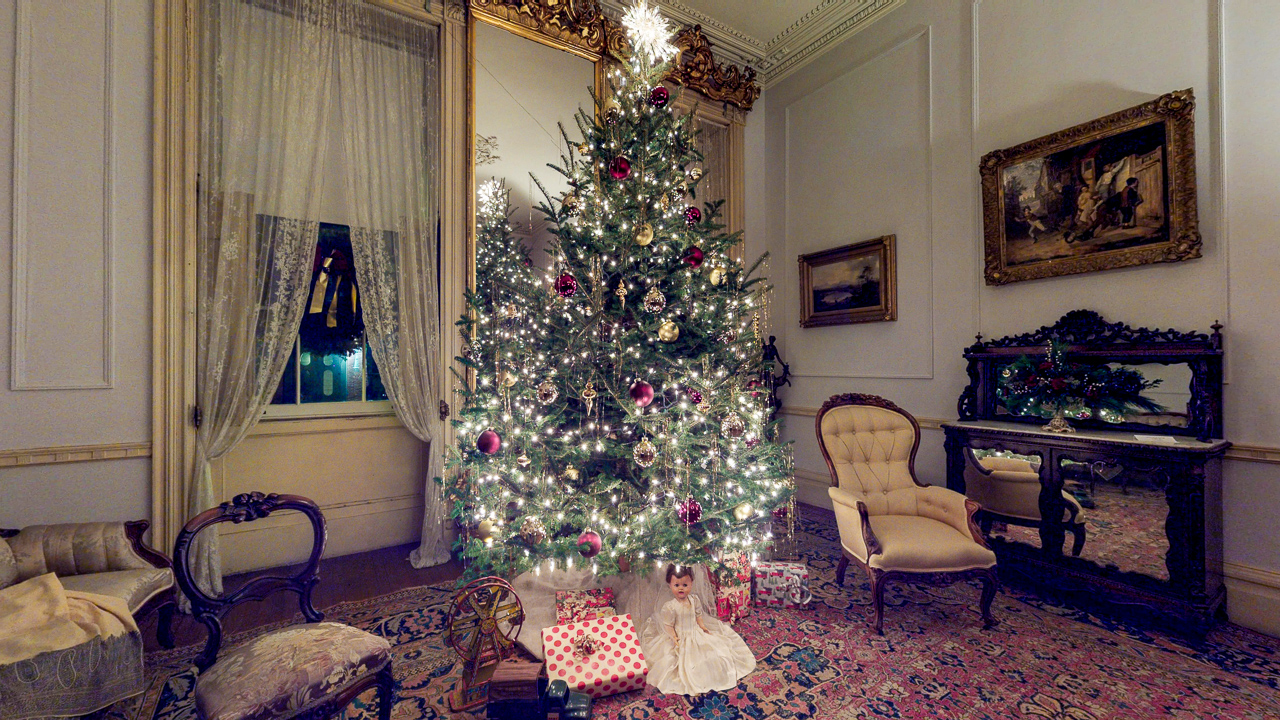
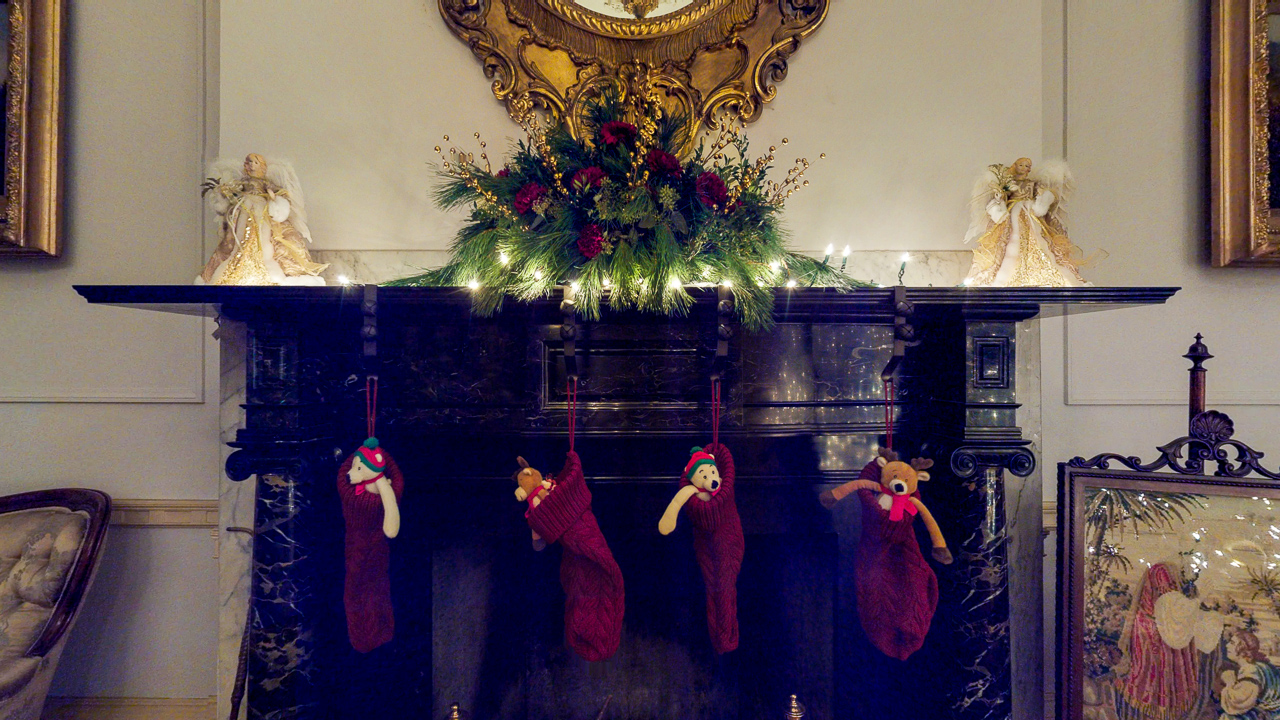
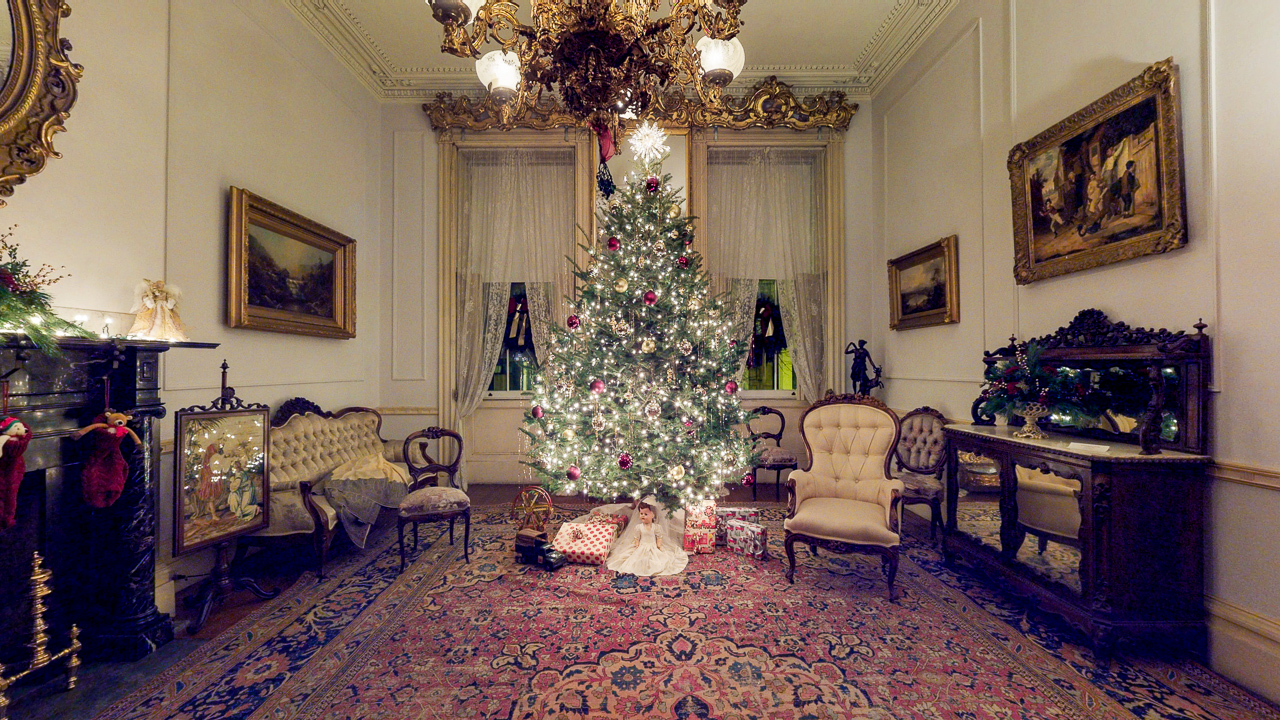
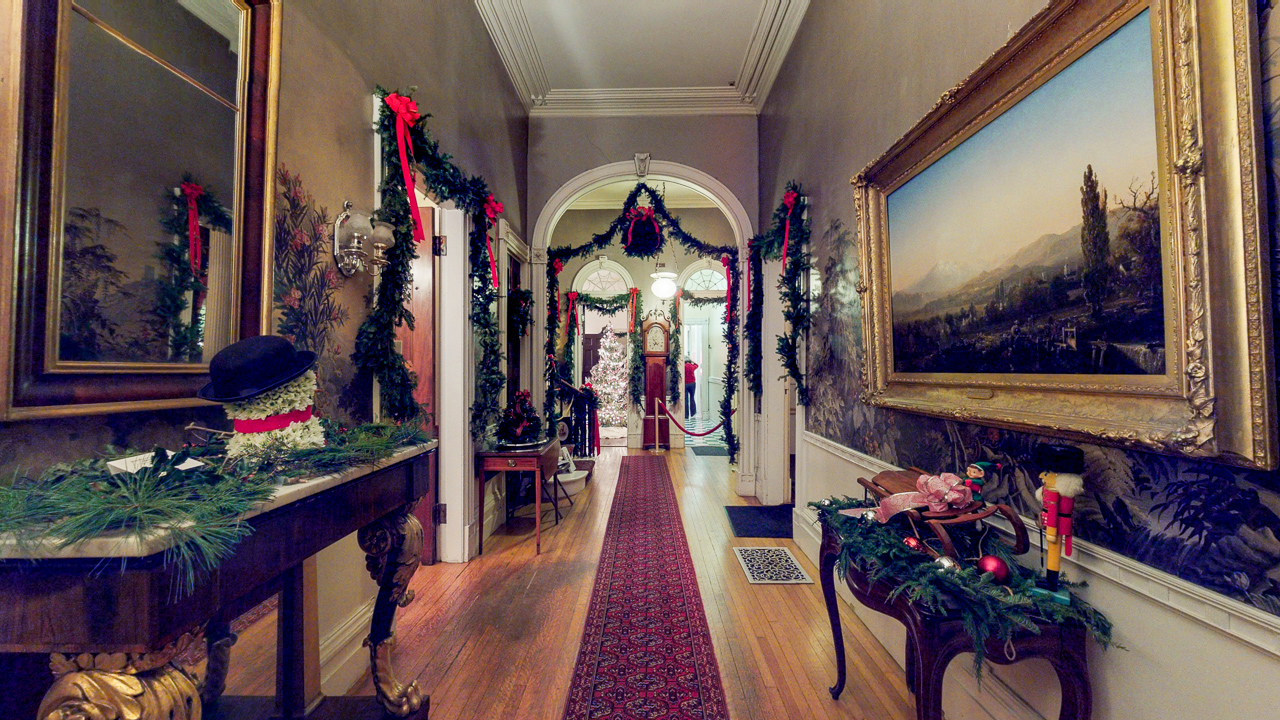
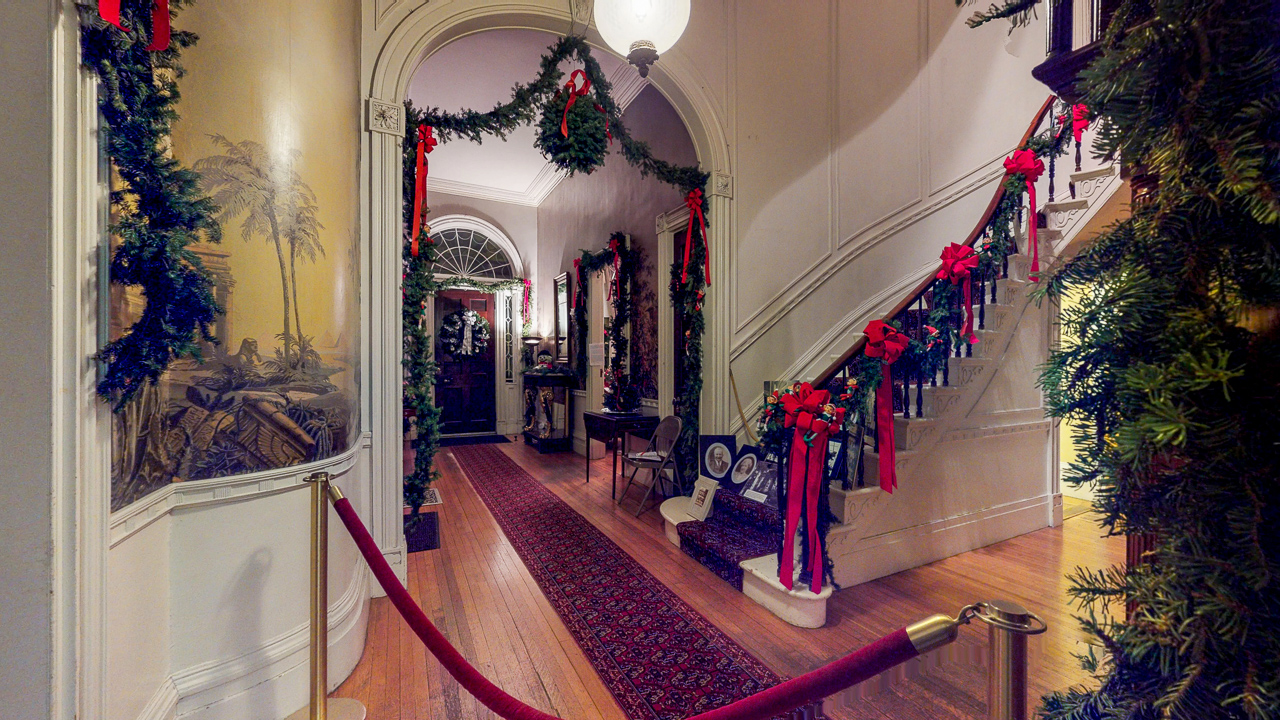
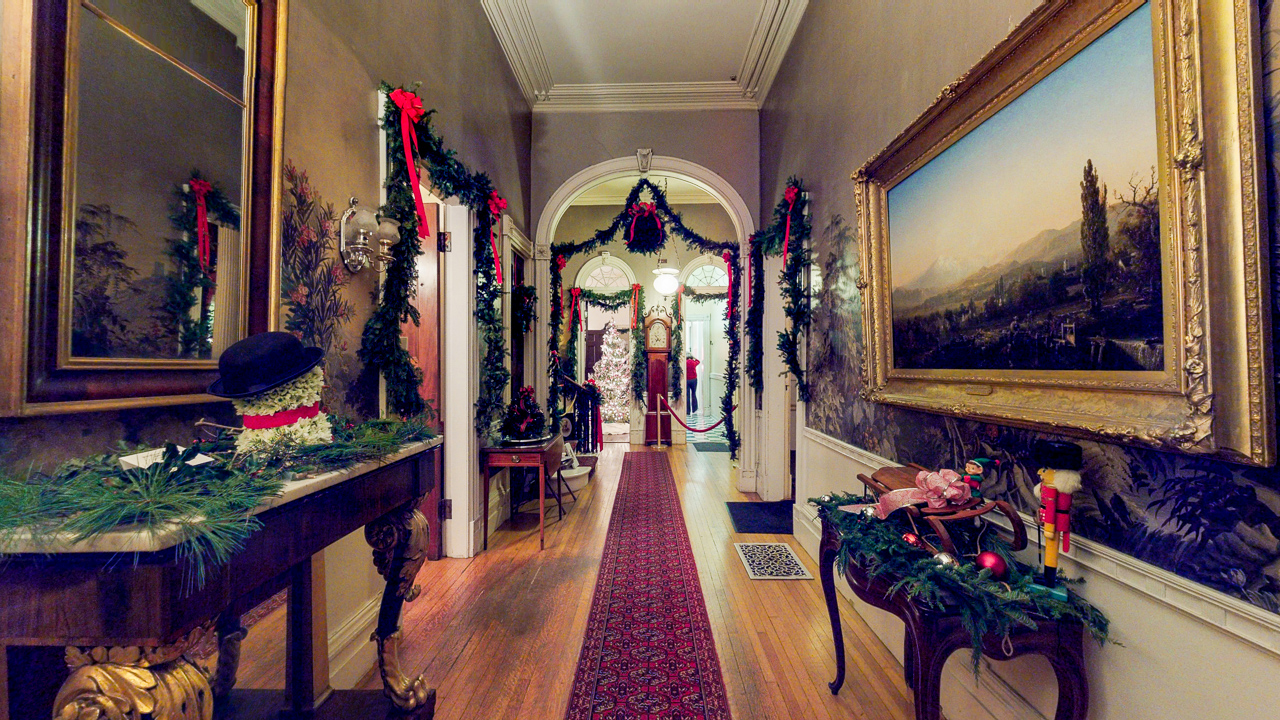
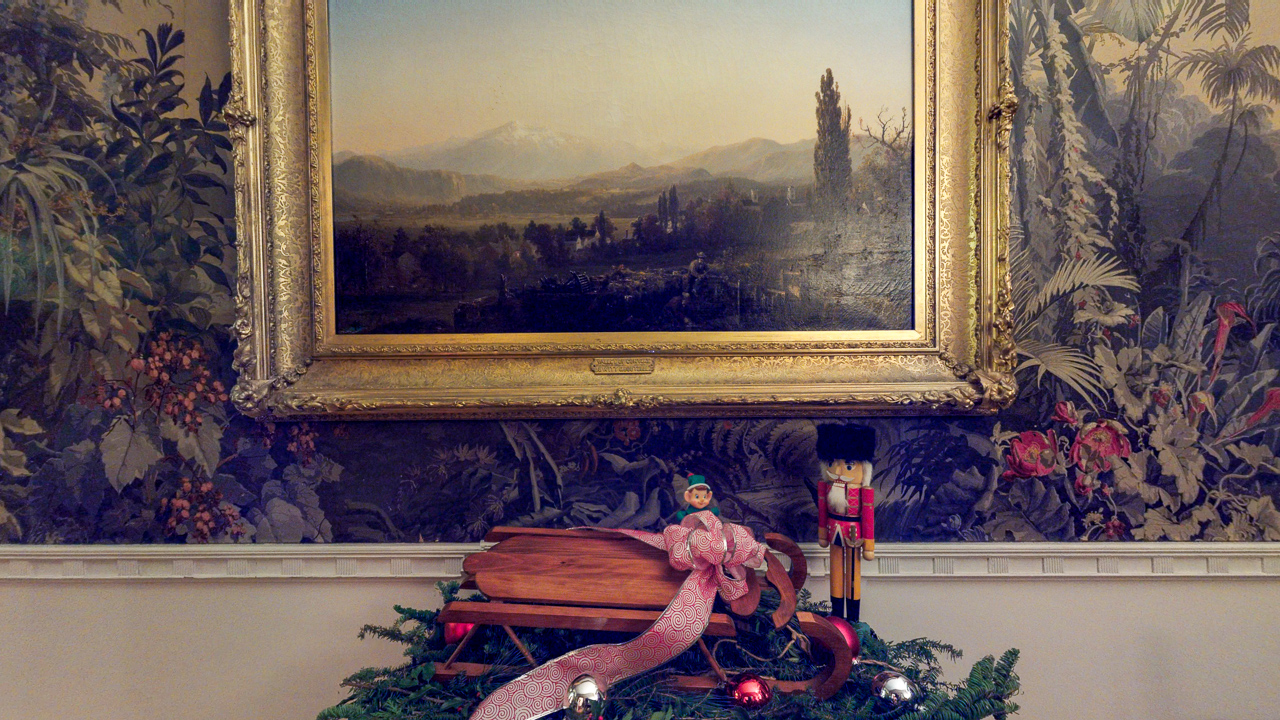
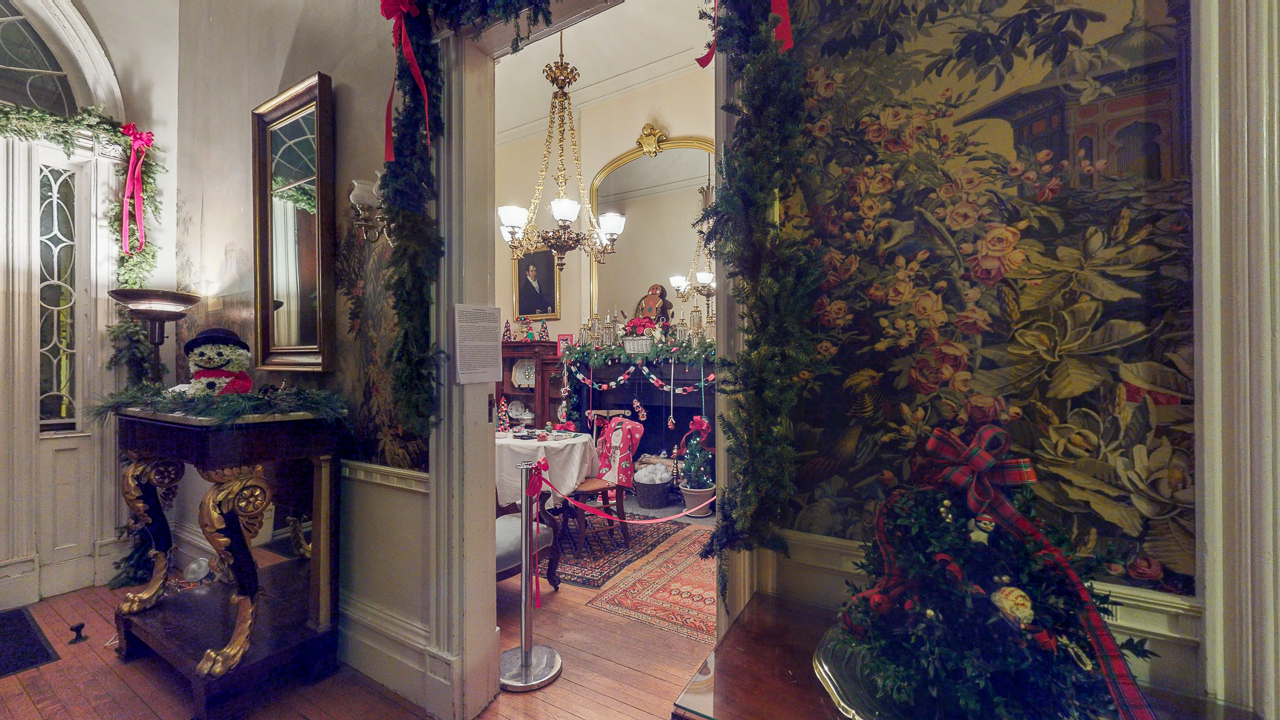
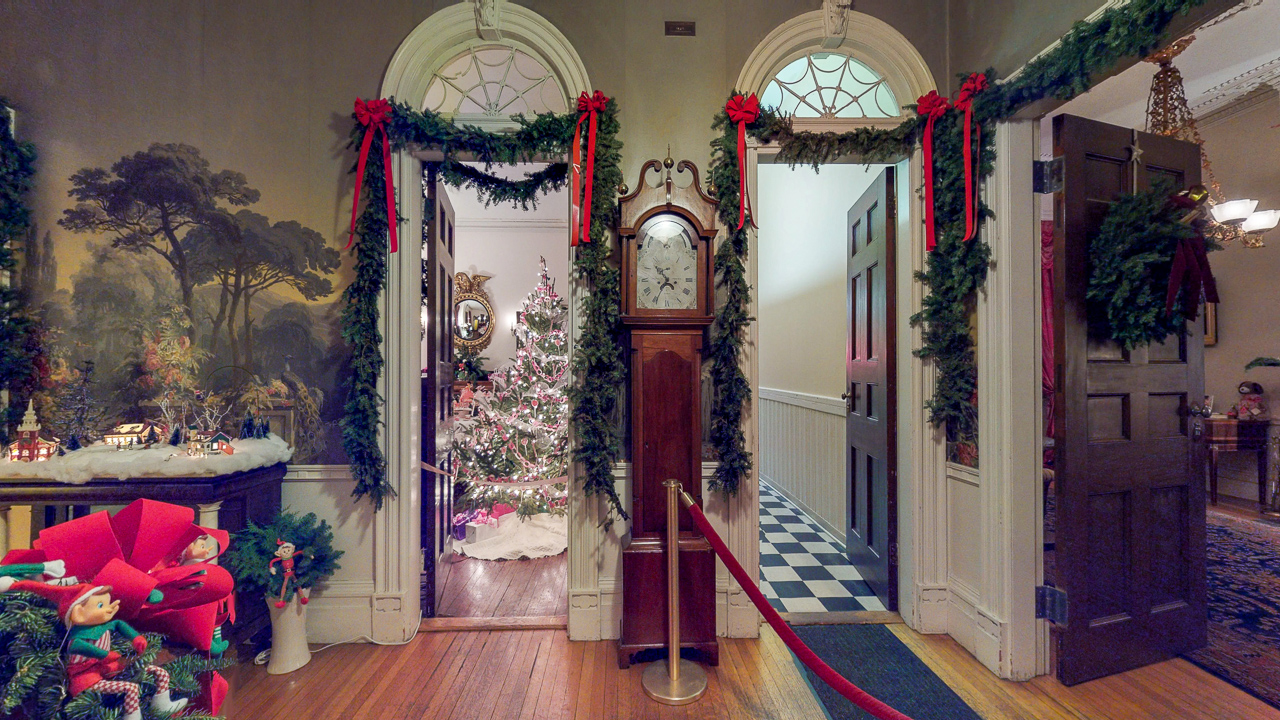
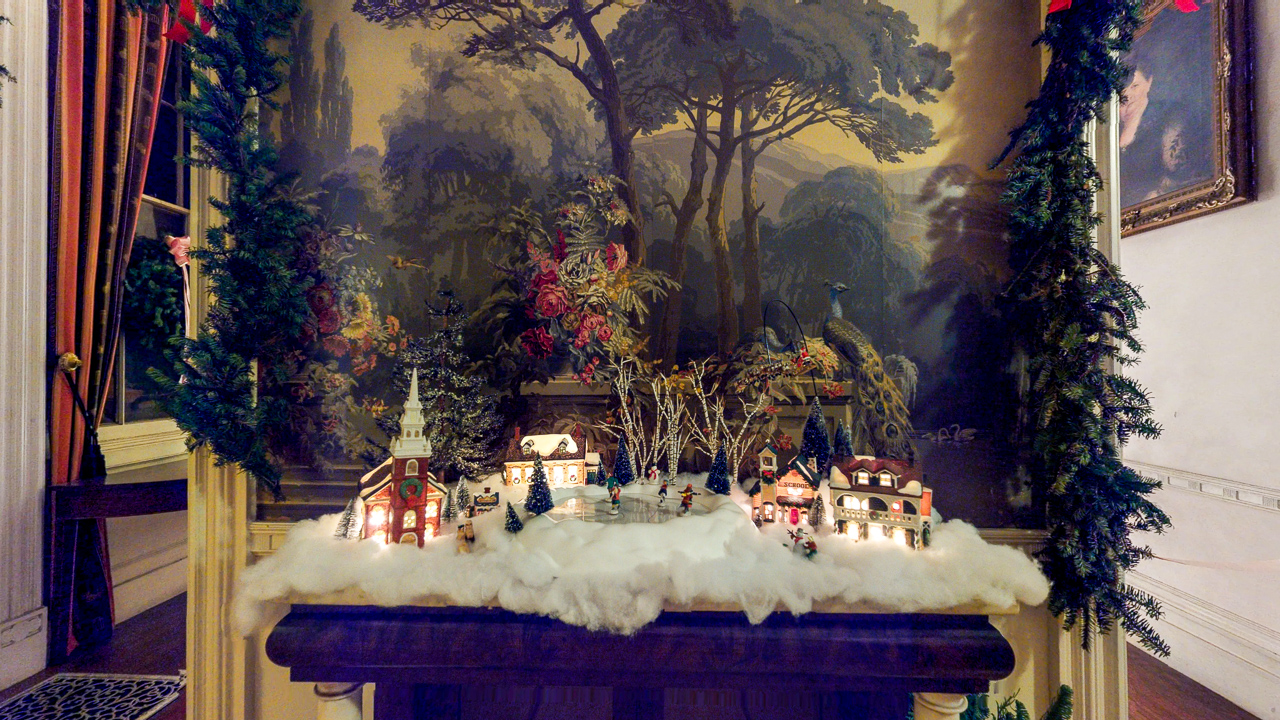
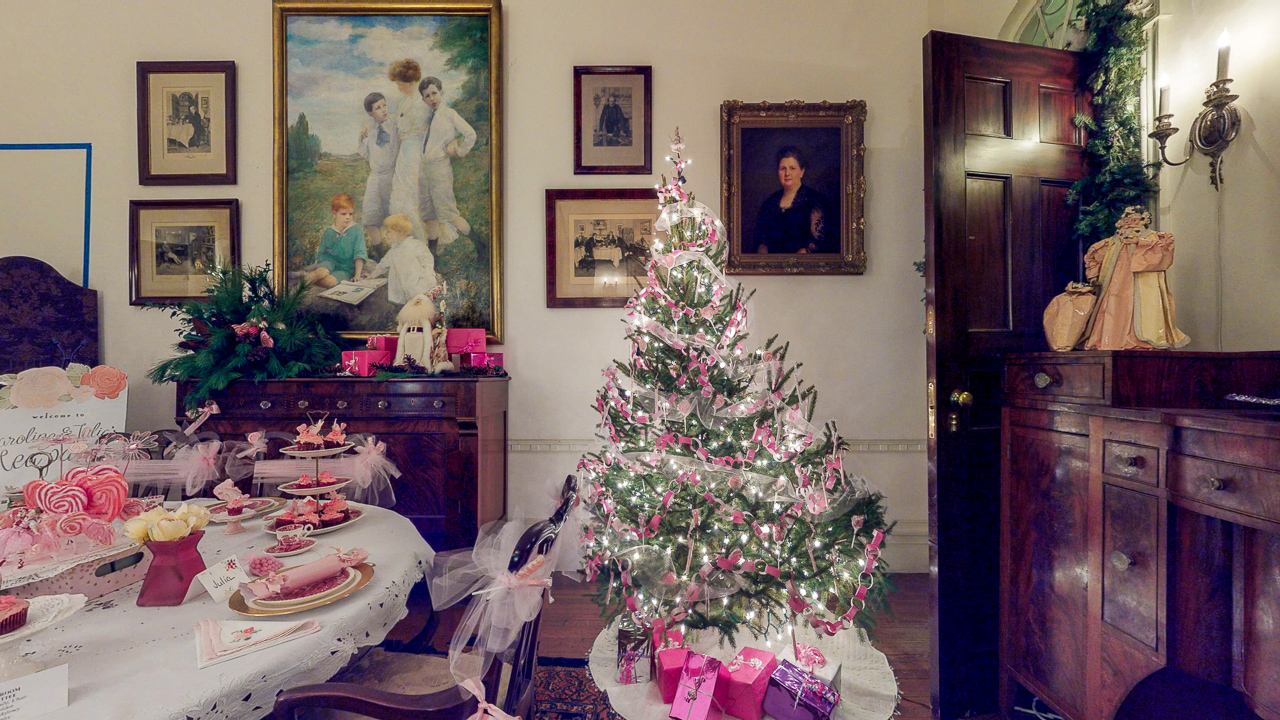

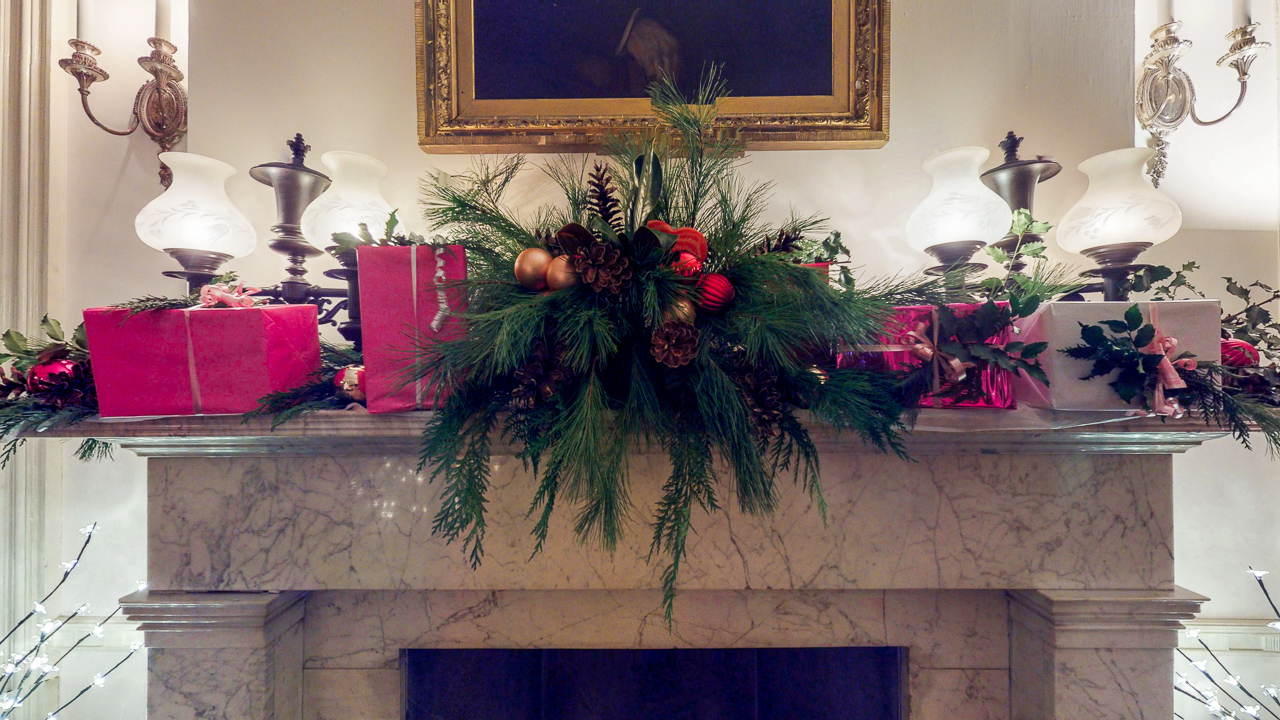
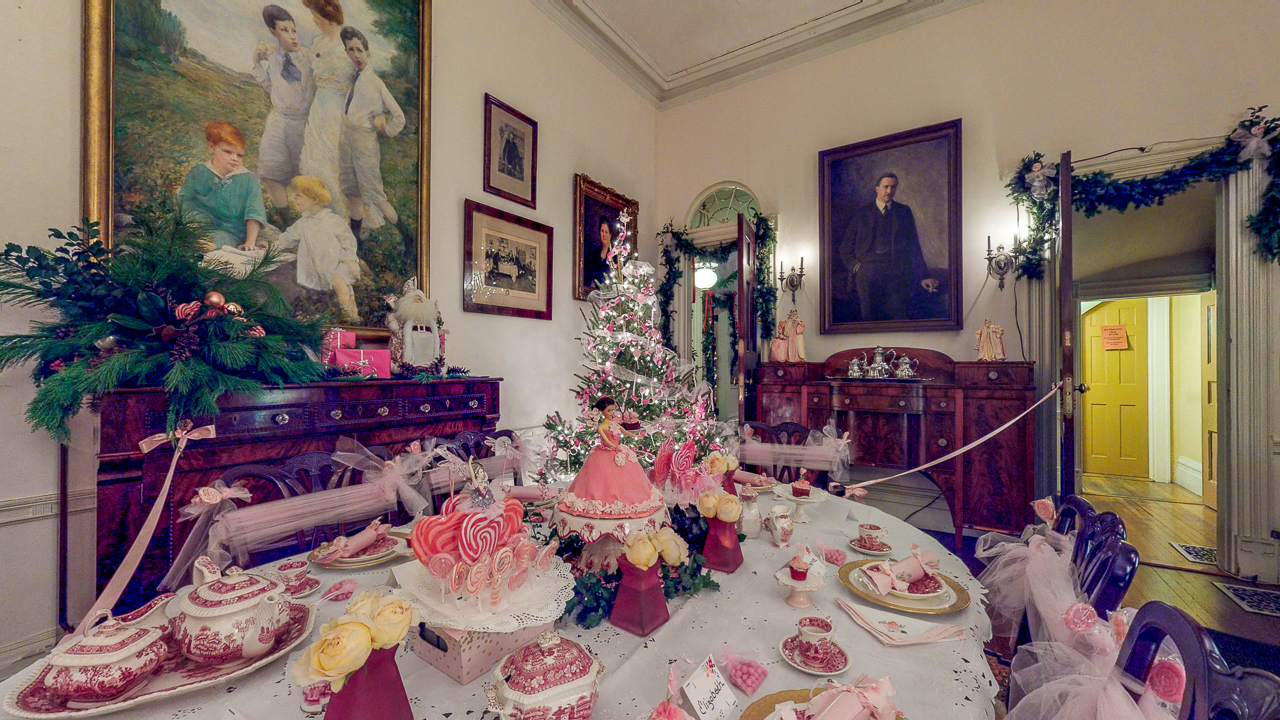
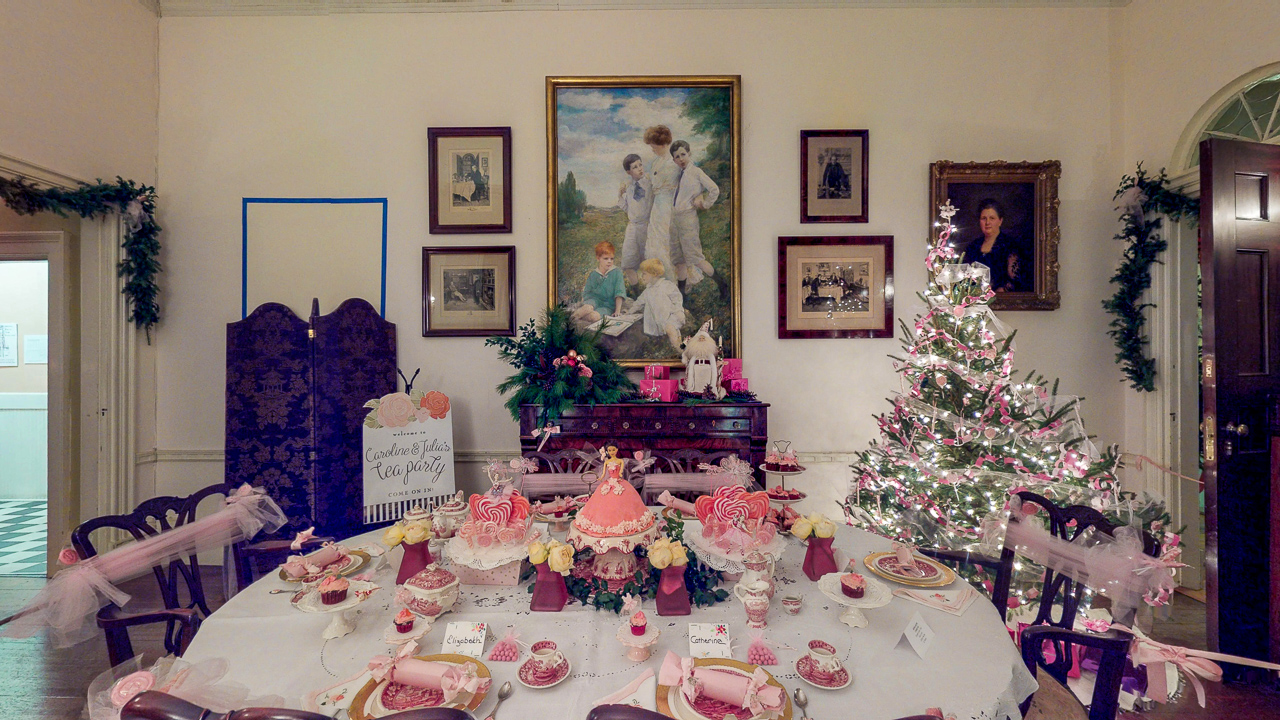
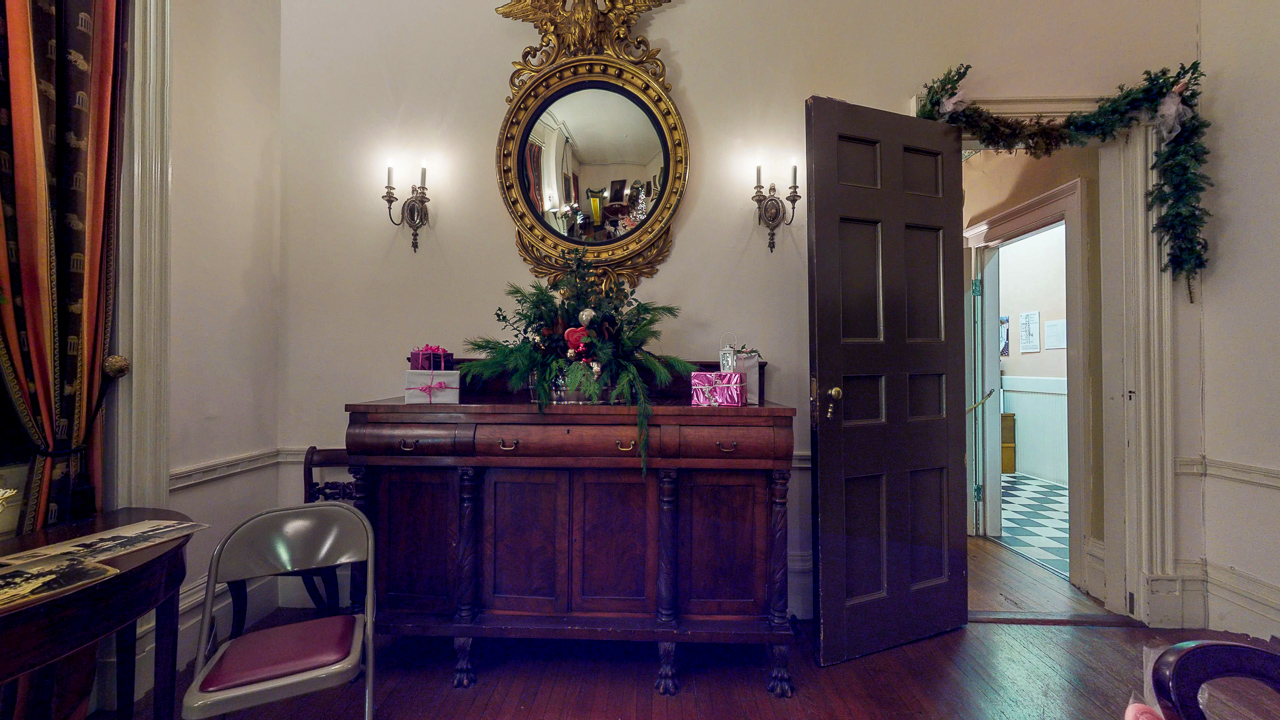
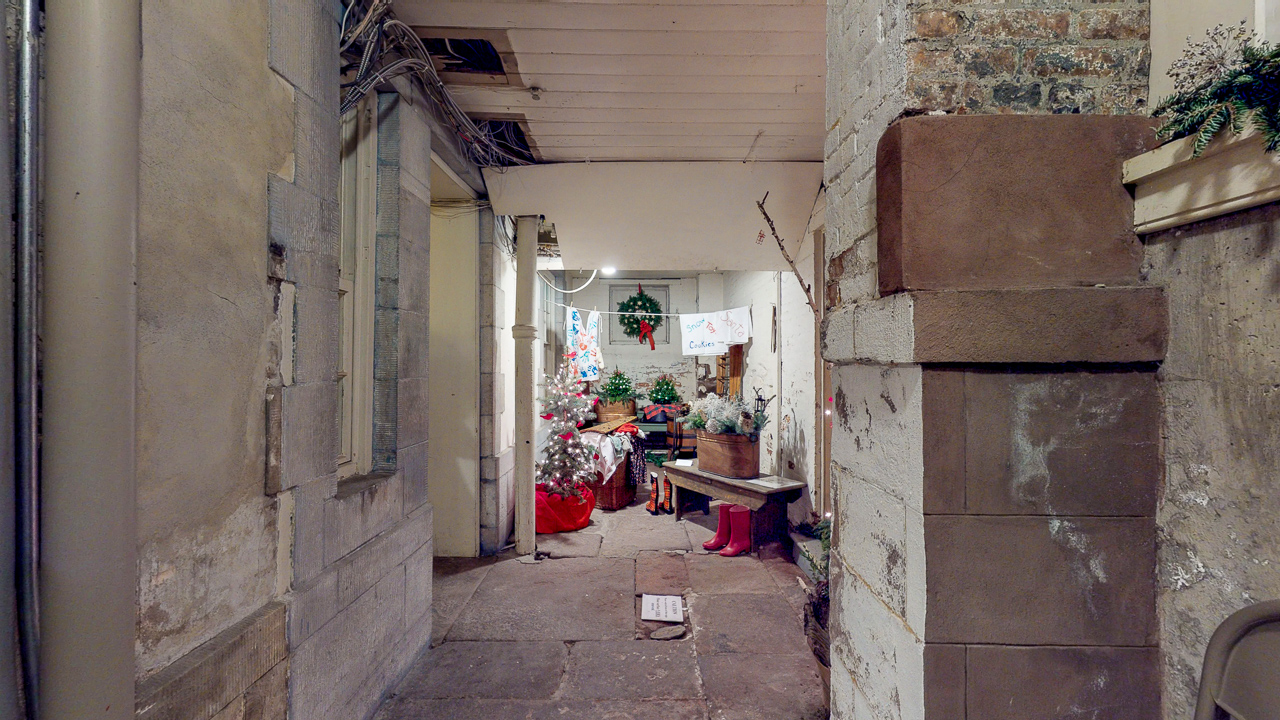
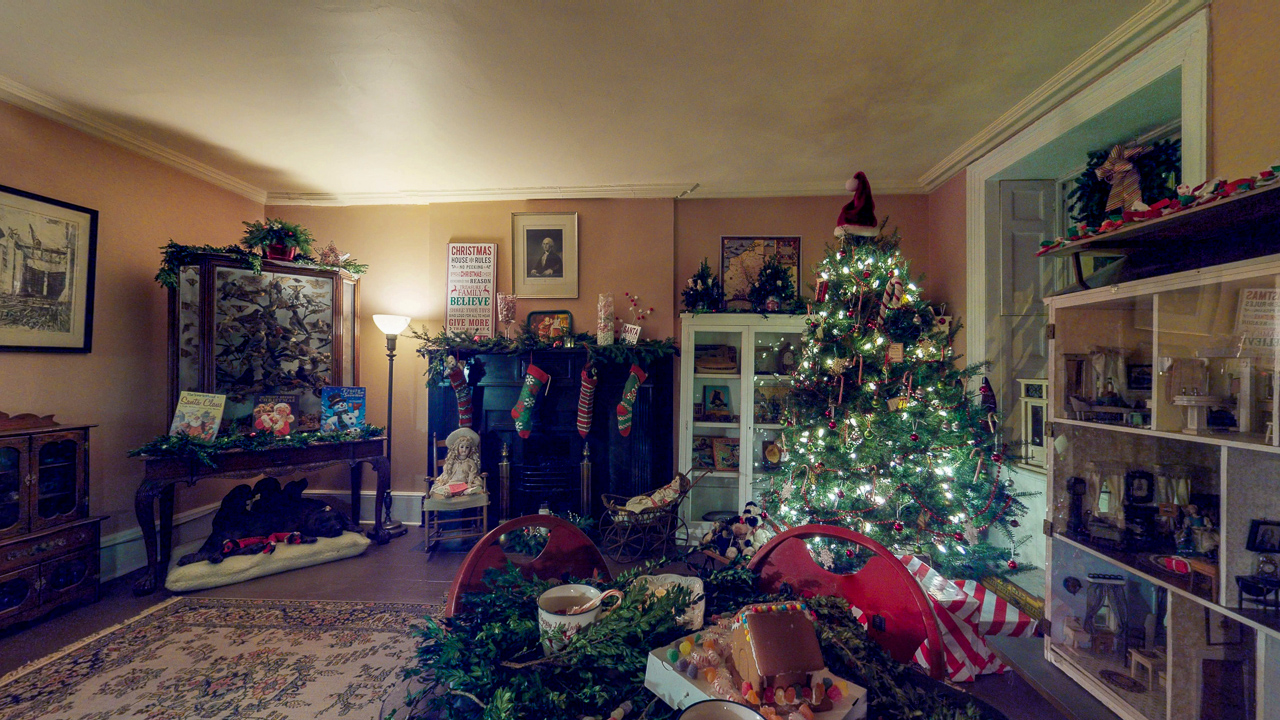

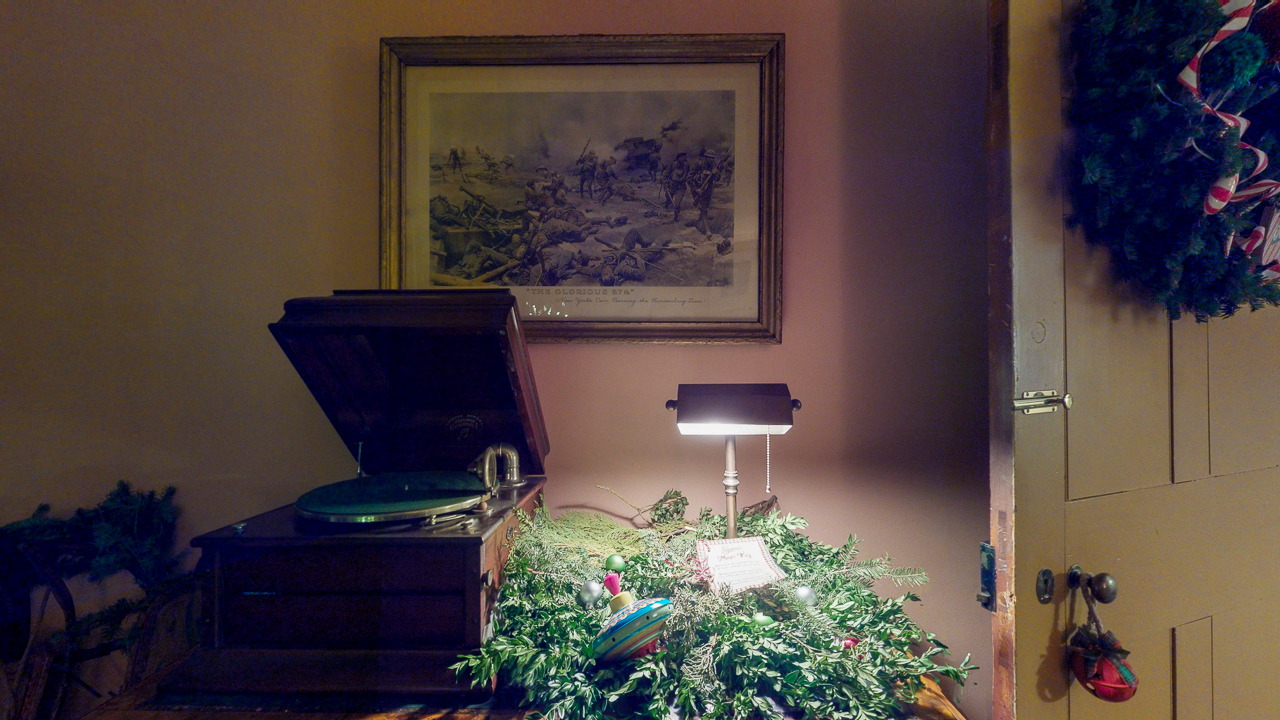
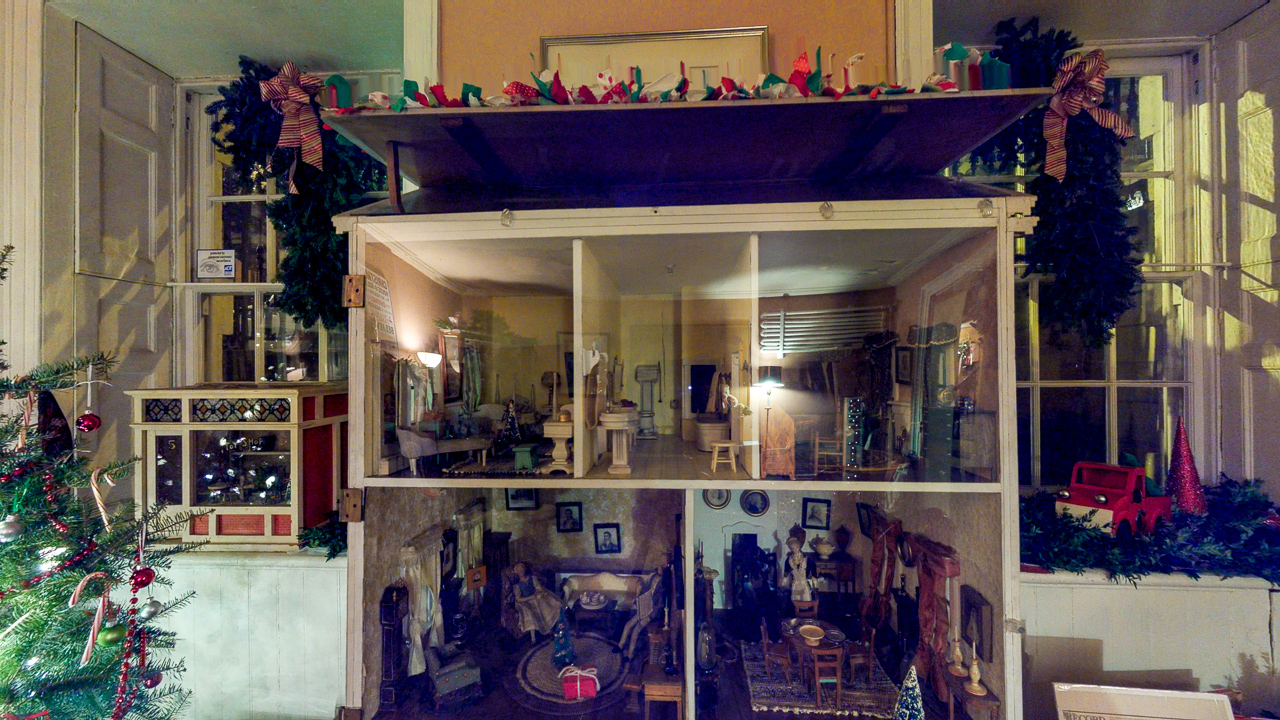
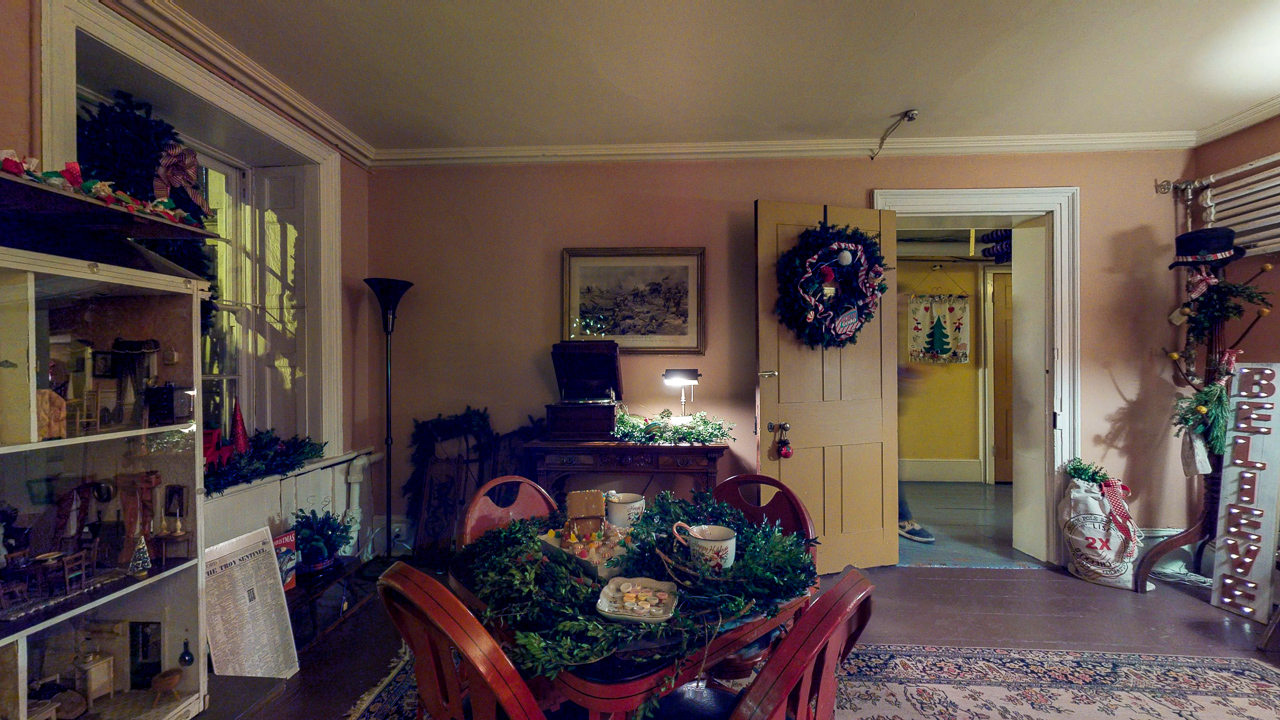

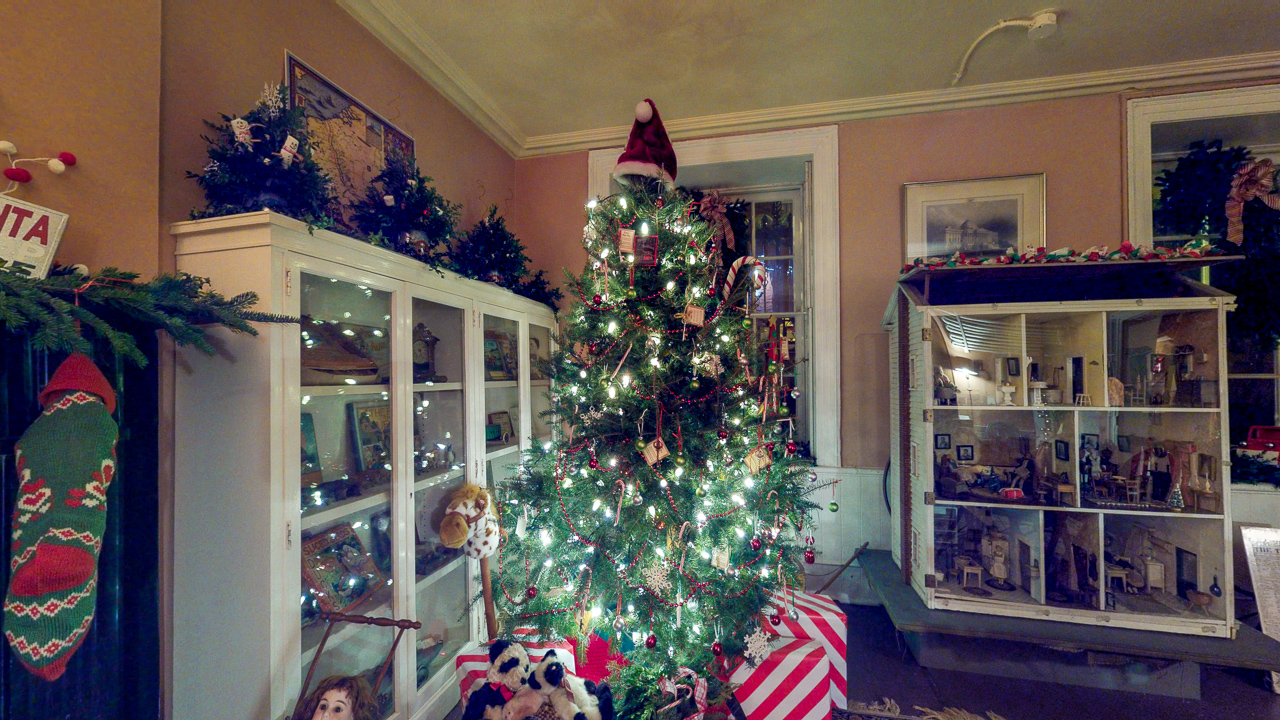
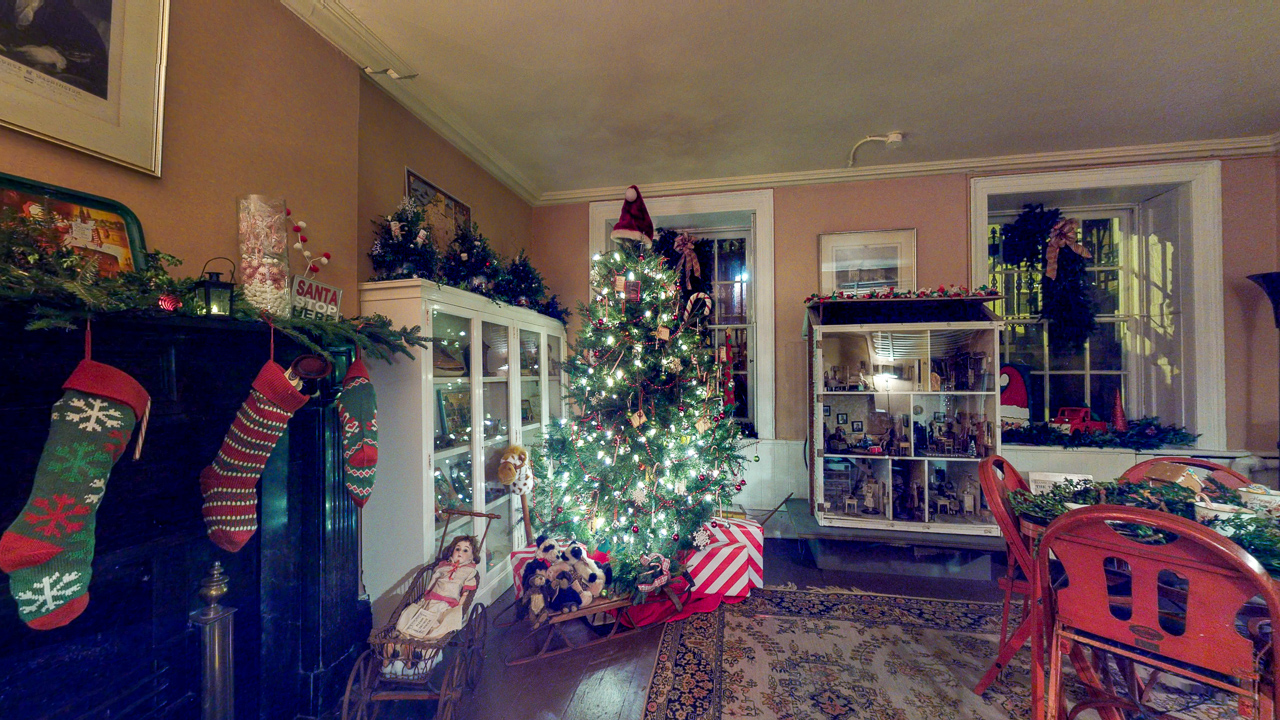
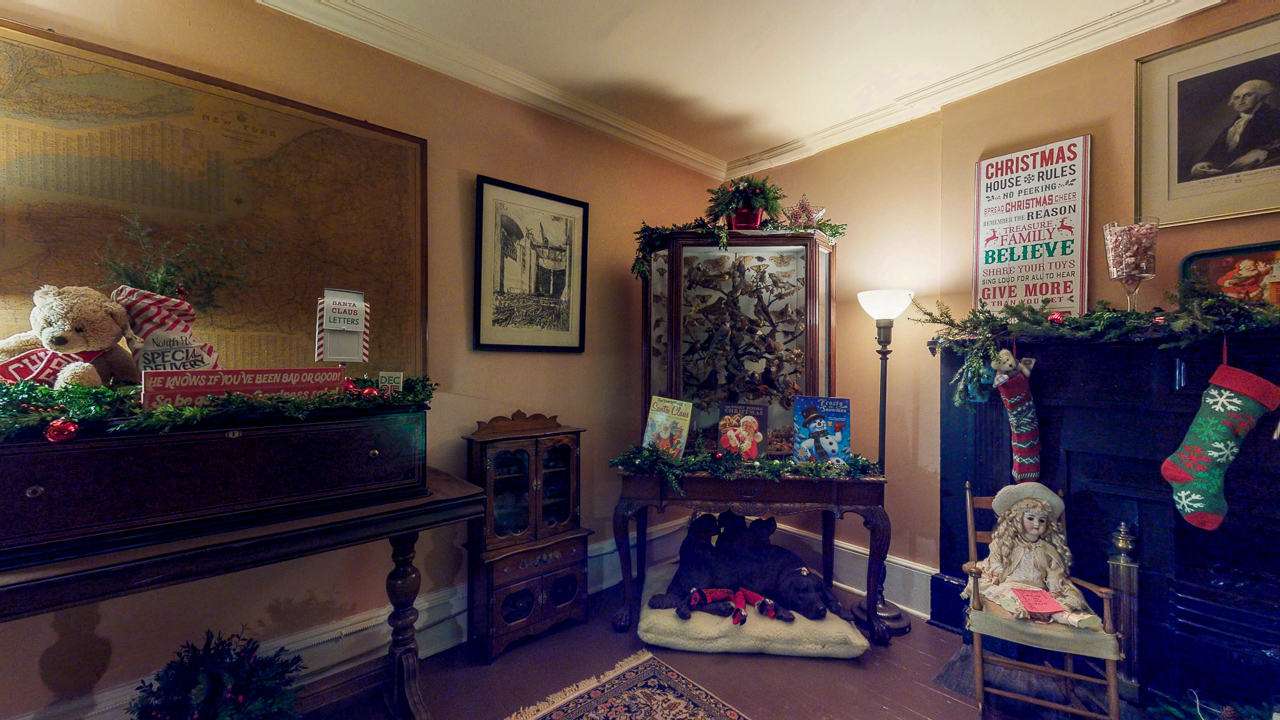
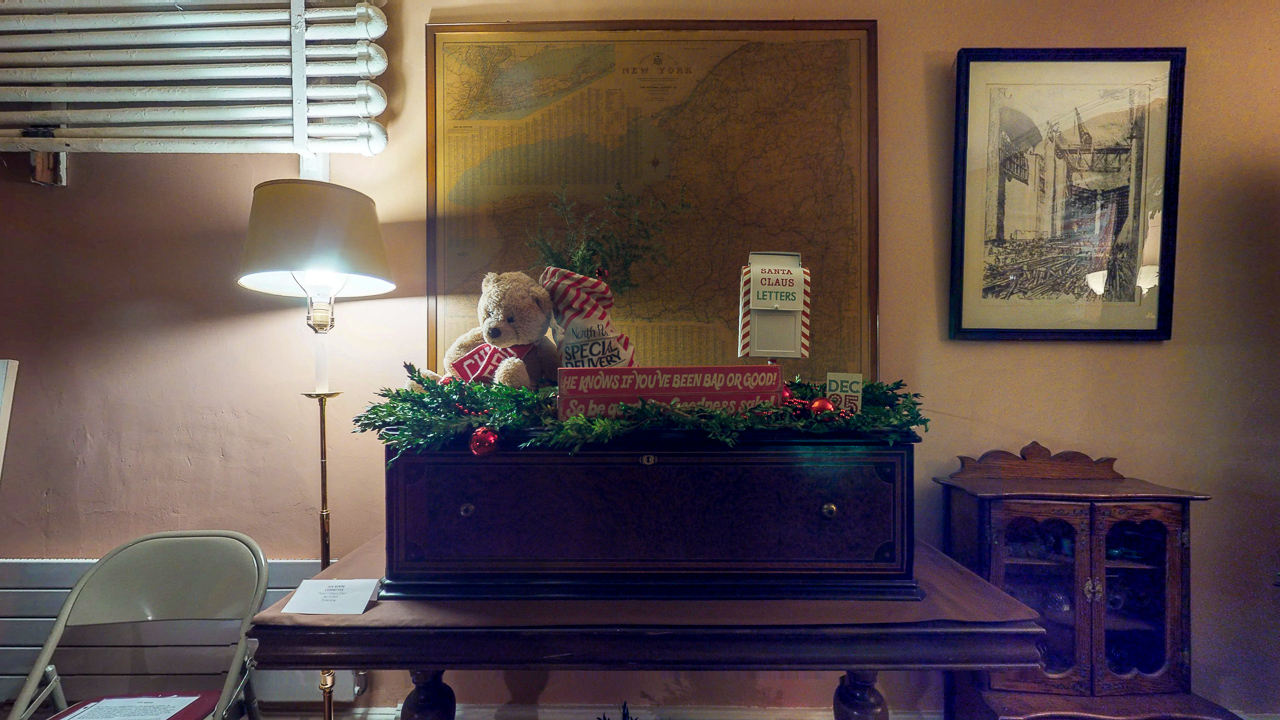
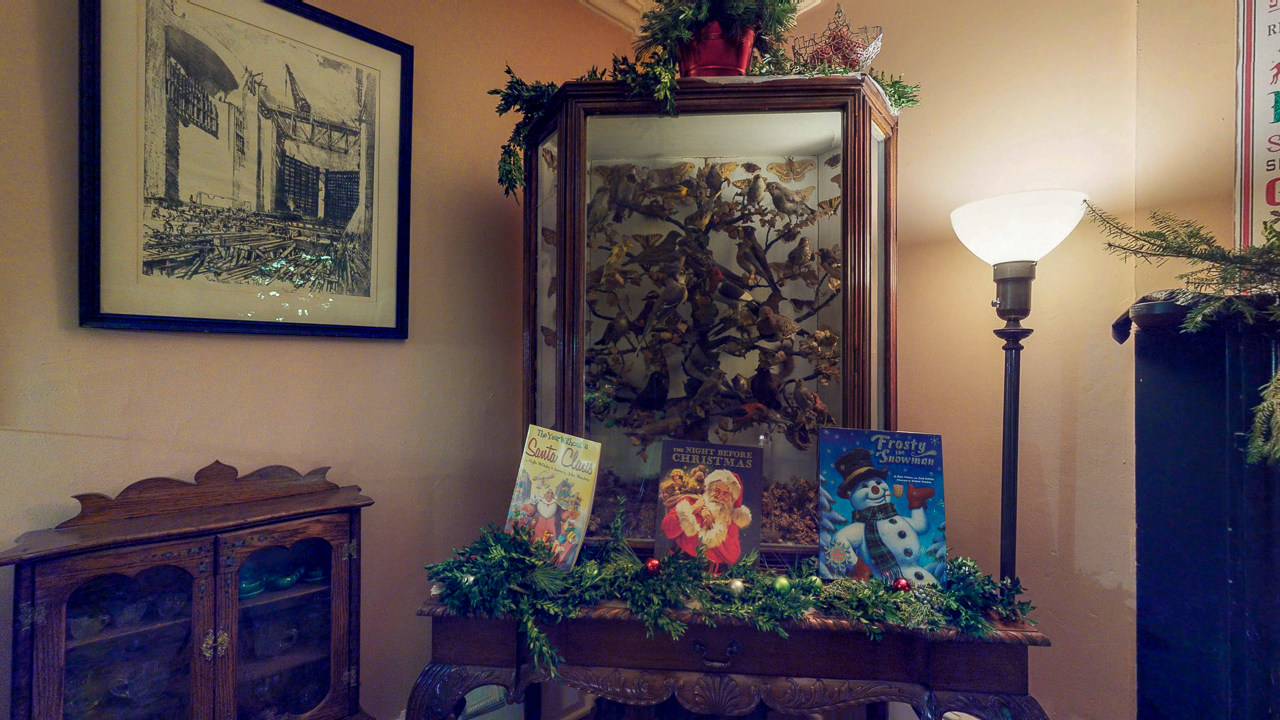
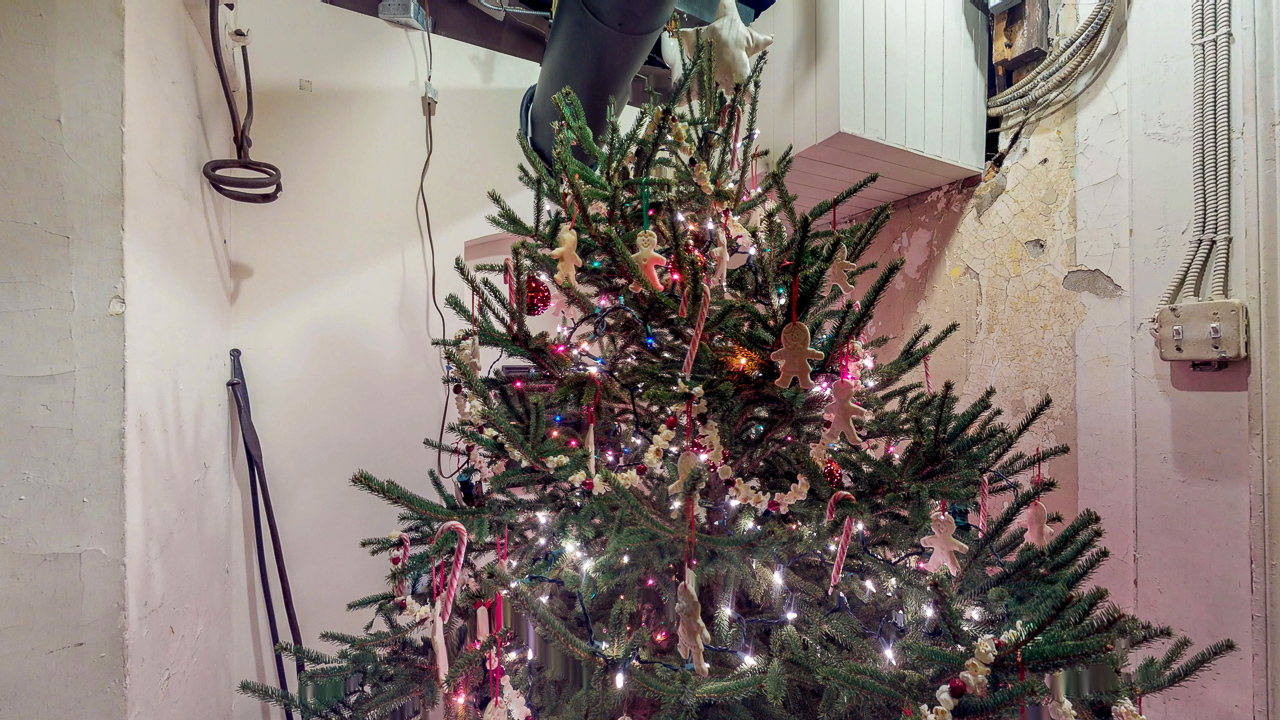
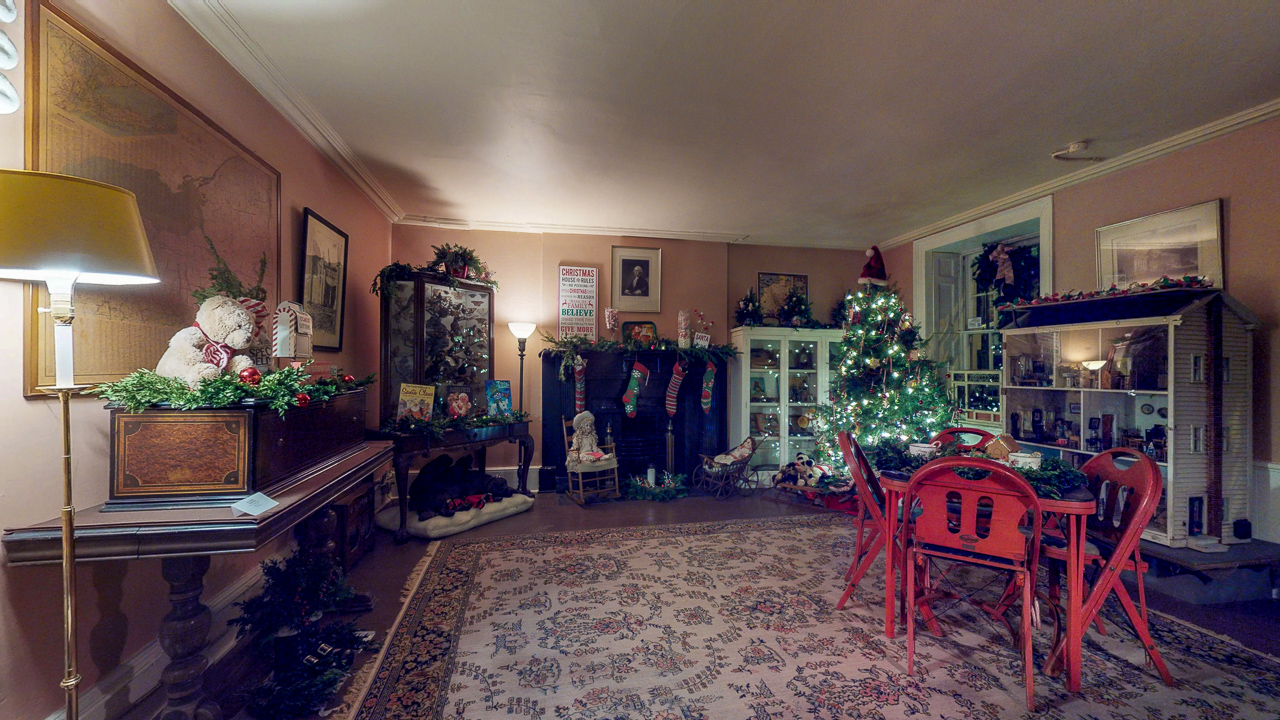

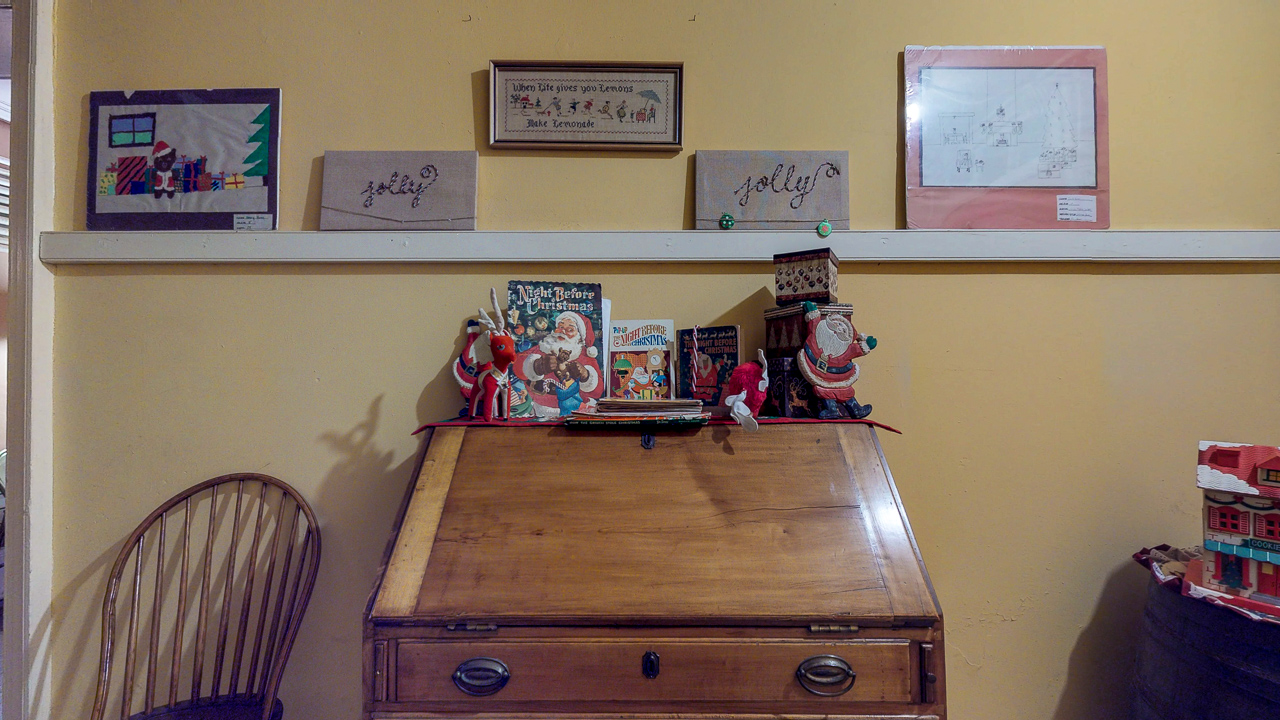
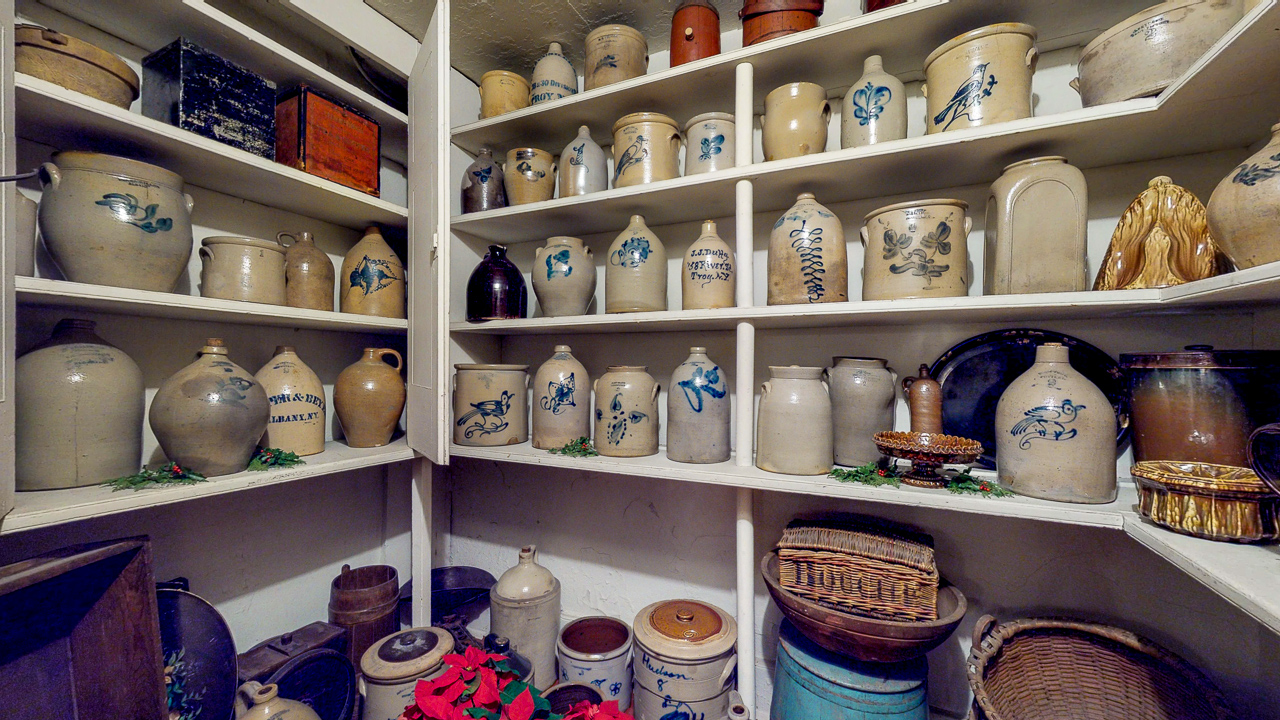

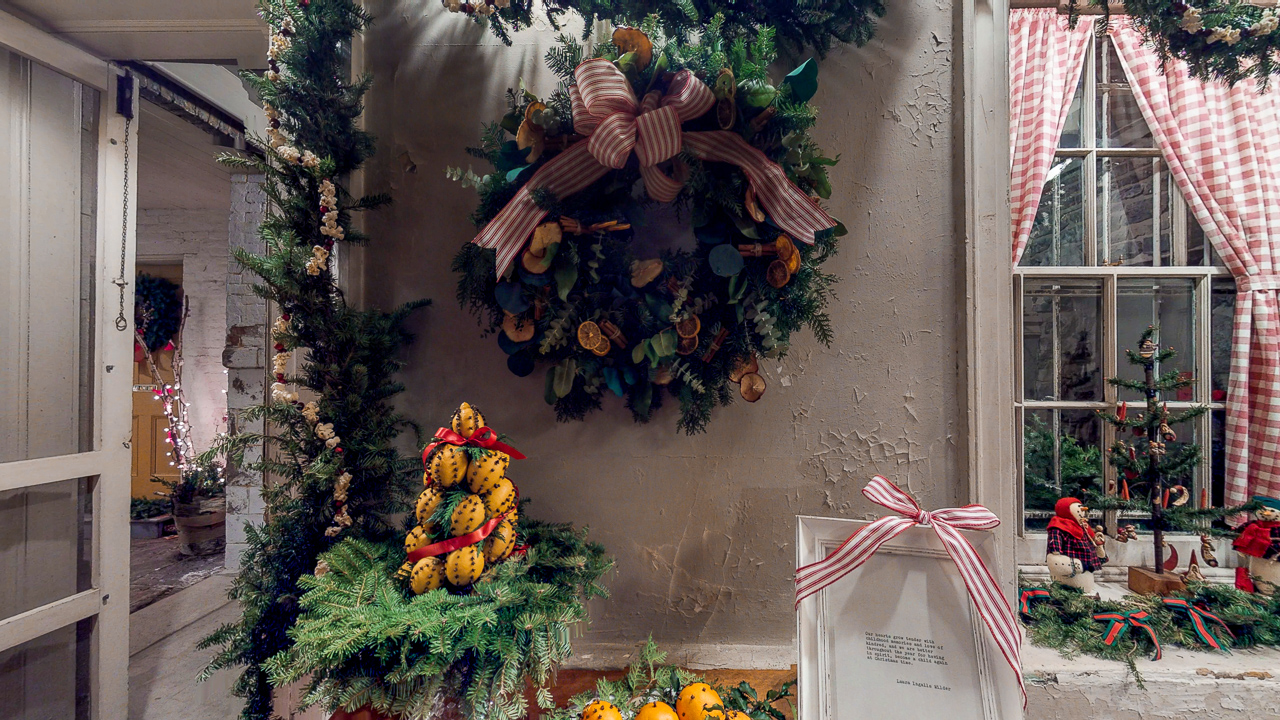
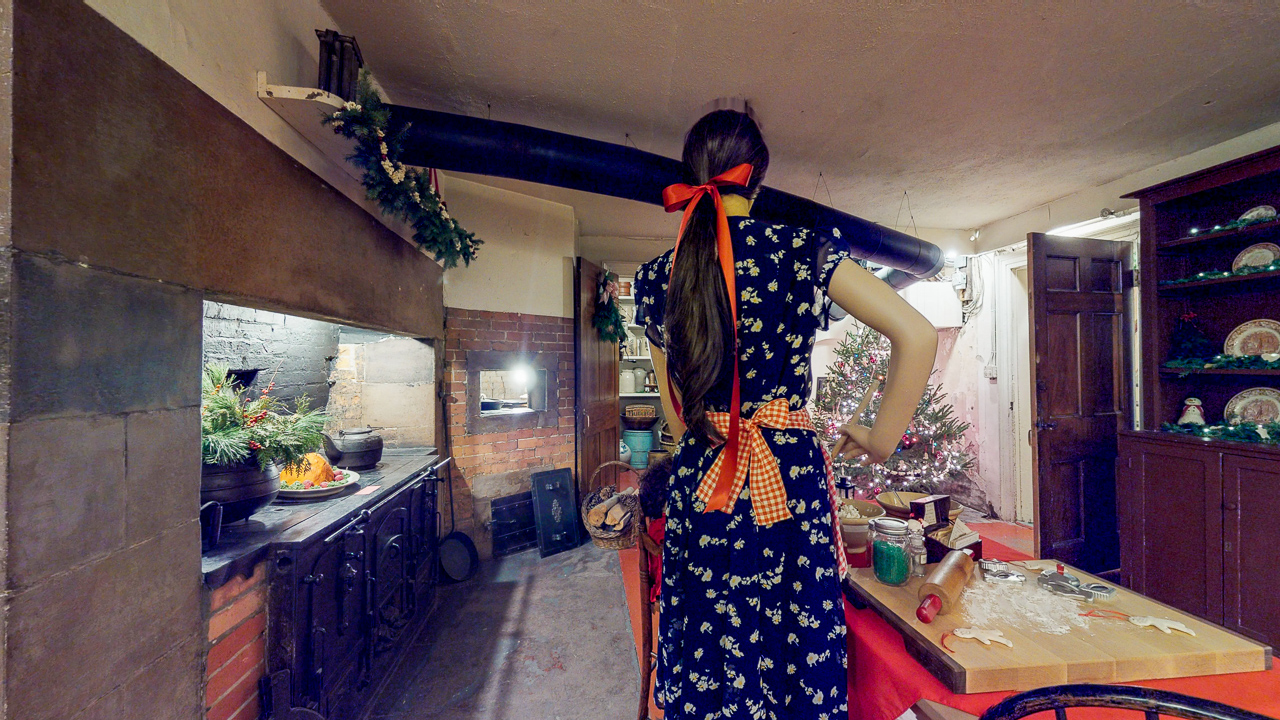
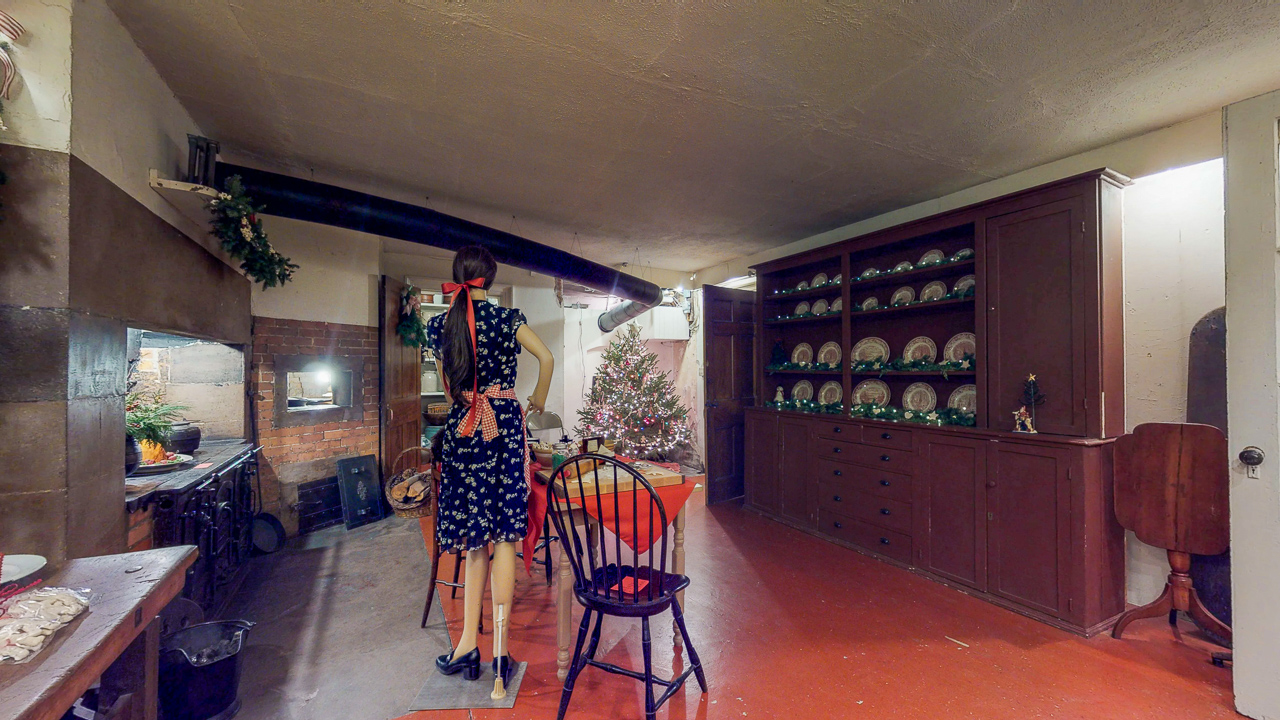
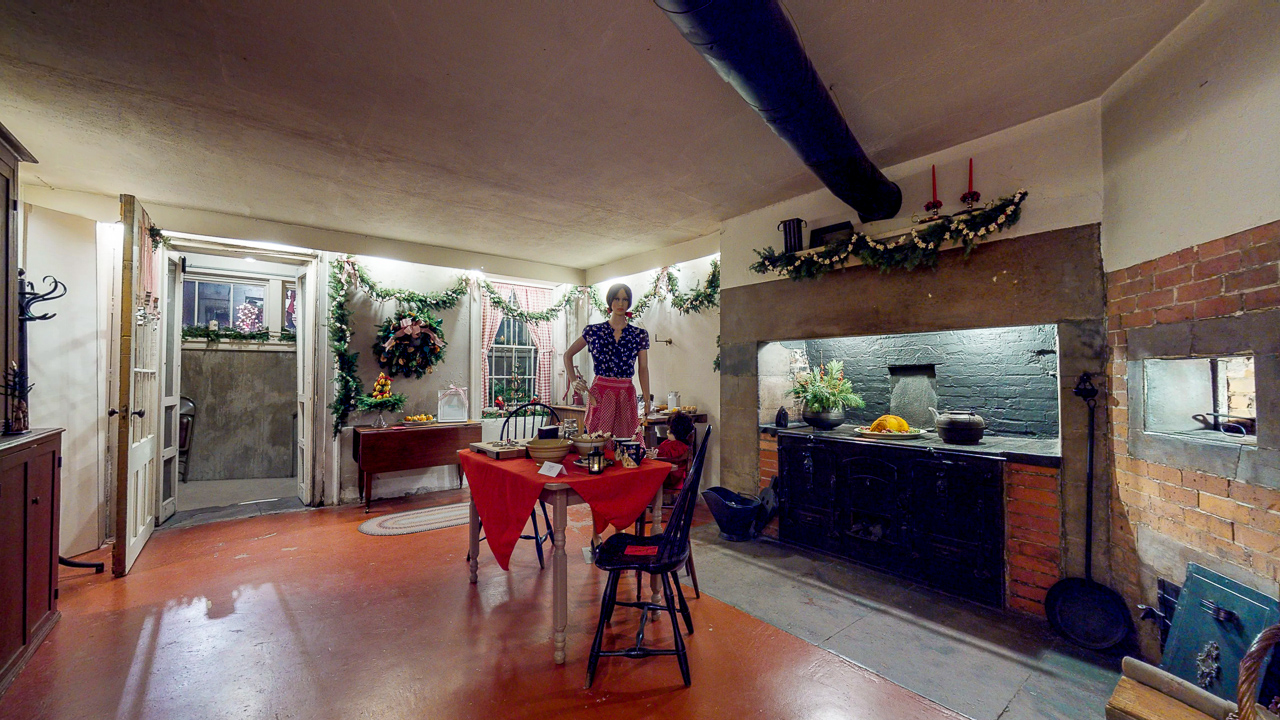
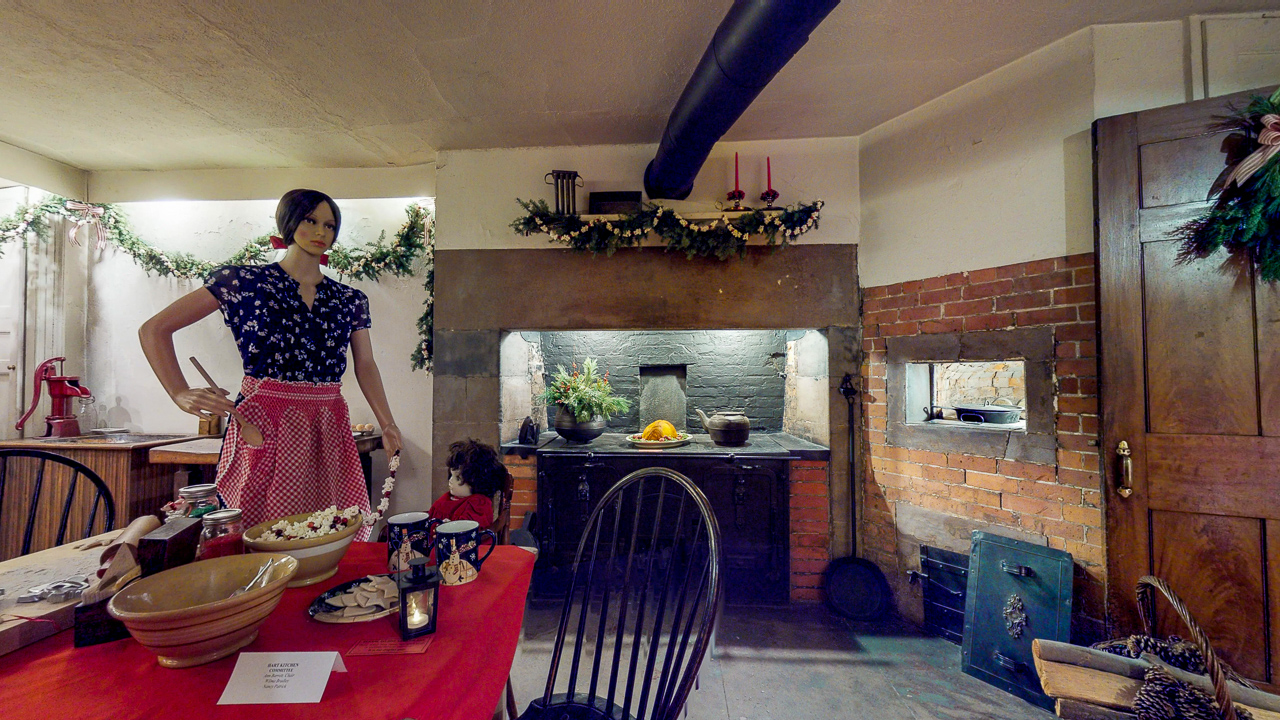
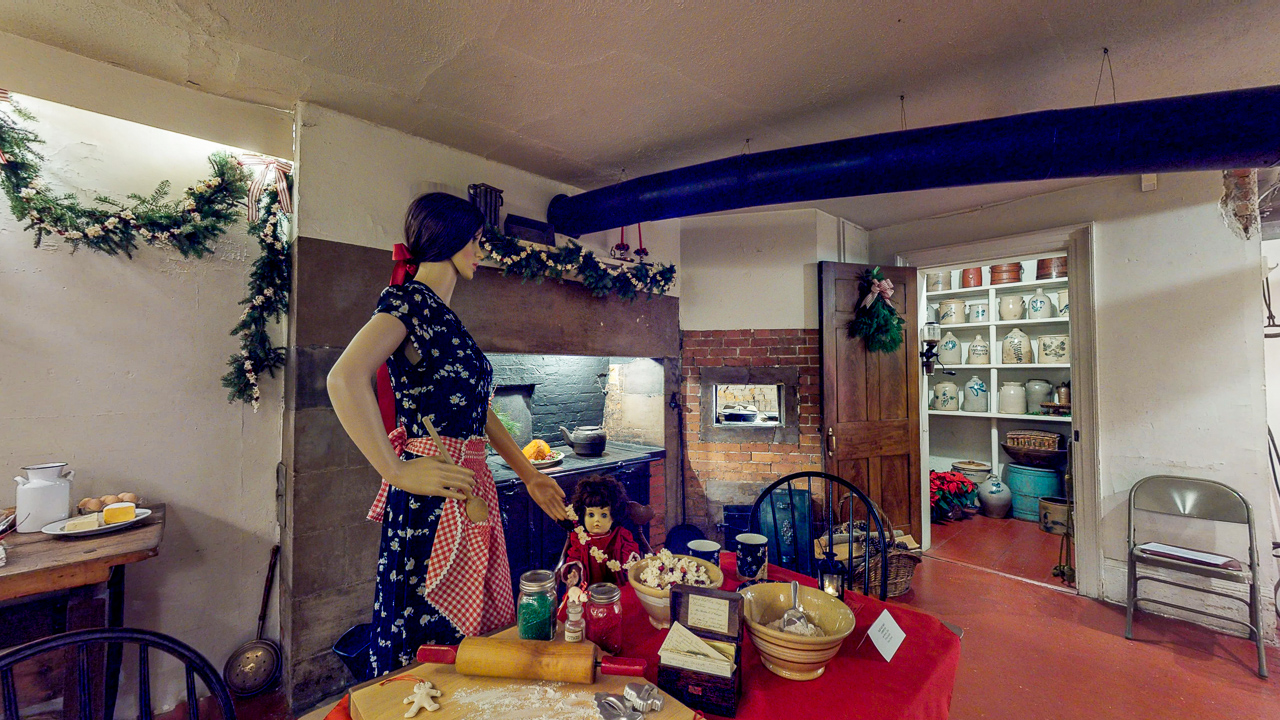
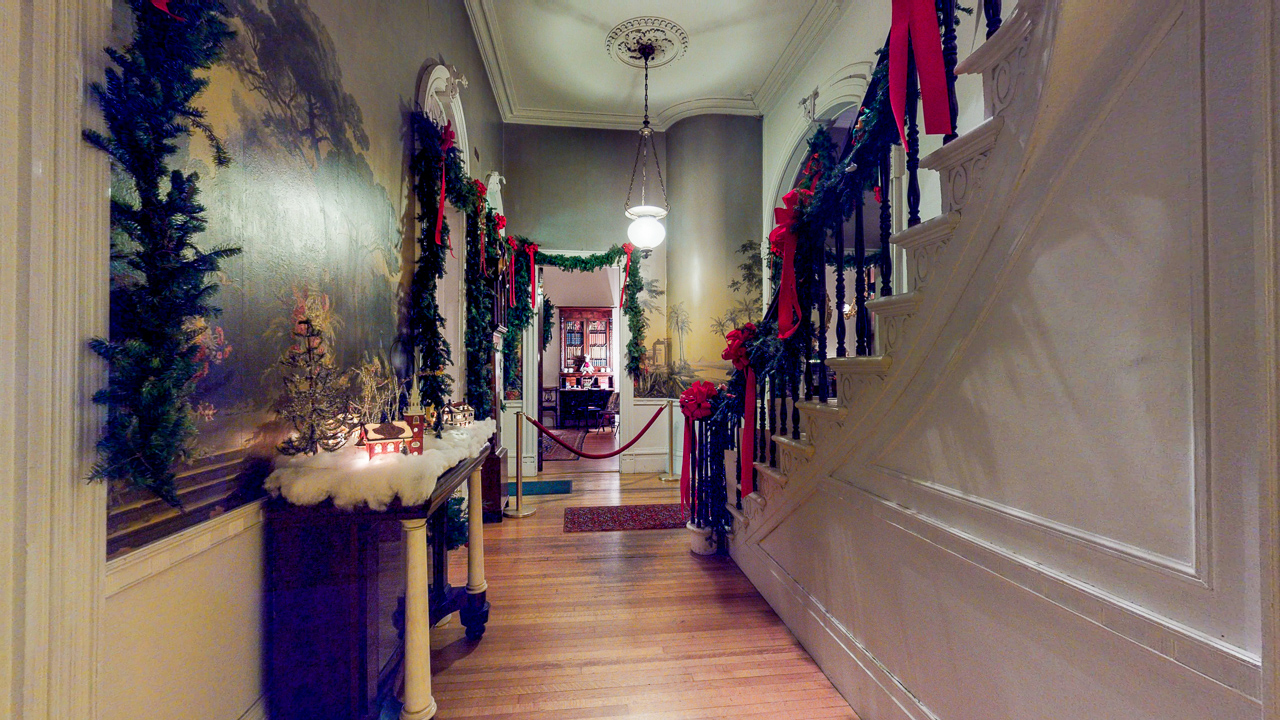
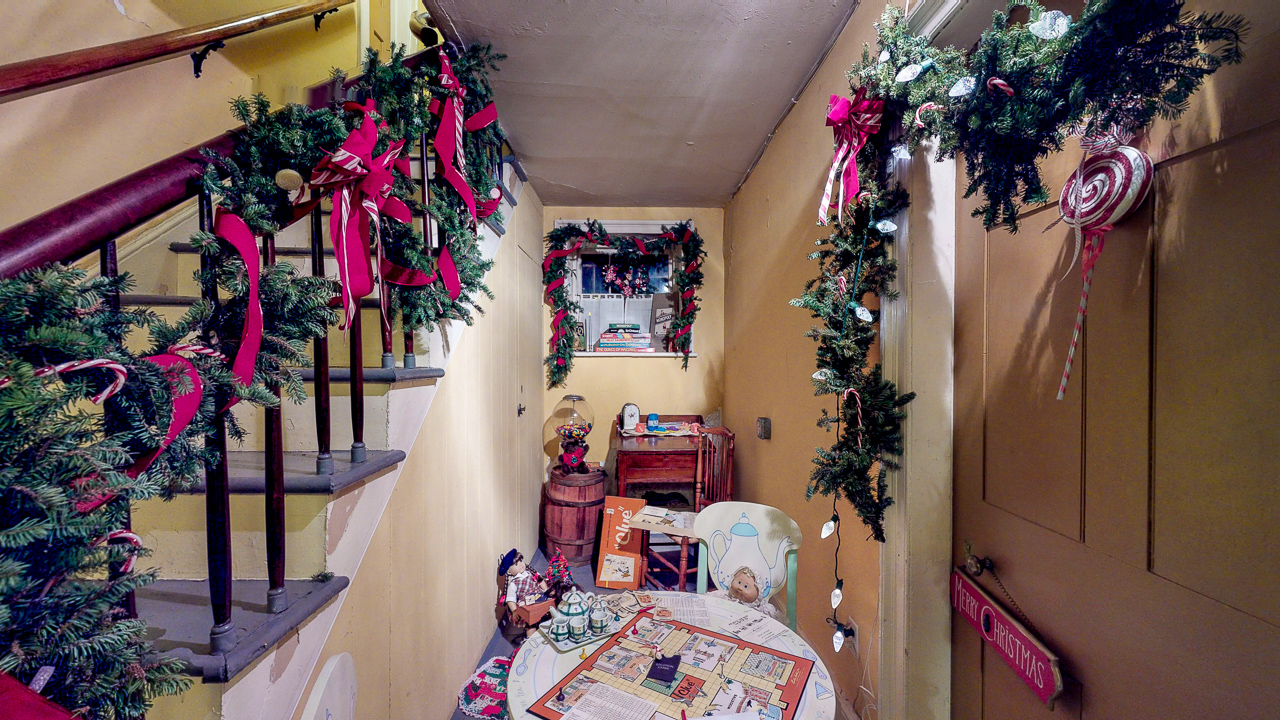
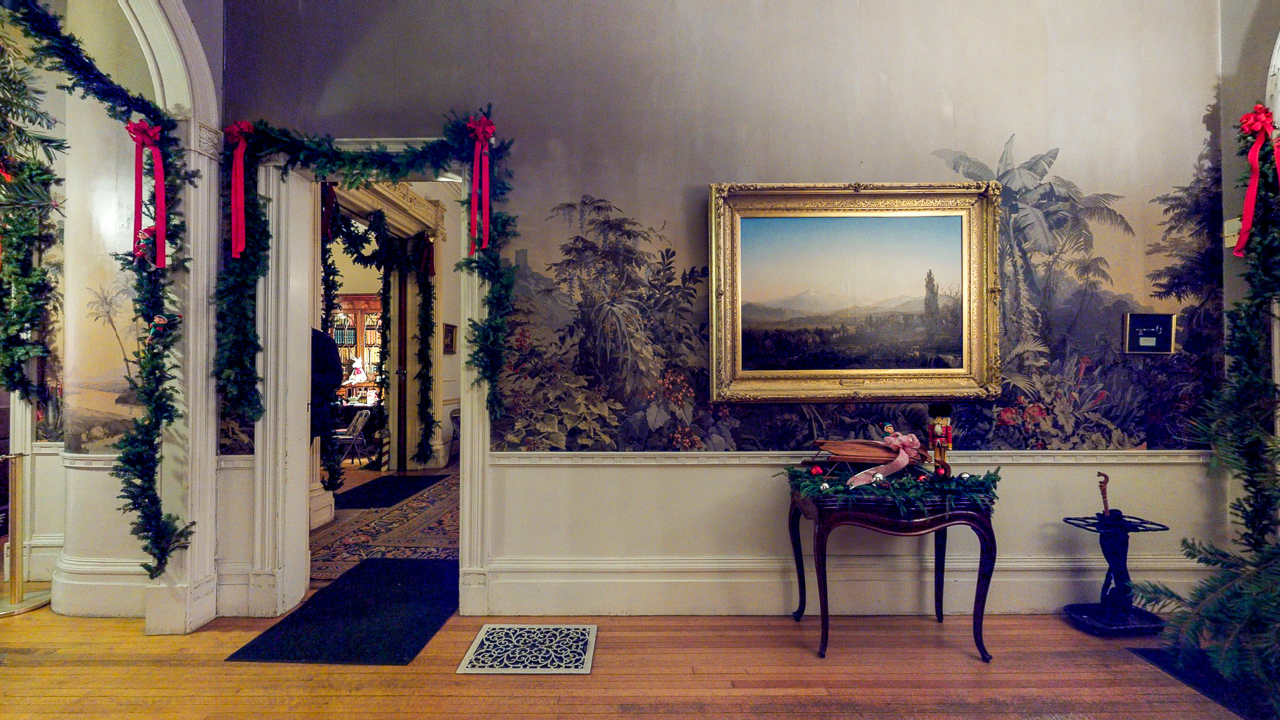
Is Troy NY the Birthplace of Santa?
Signs throughout Troy boast of being the “Hometown of Uncle Sam” because one notable resident, Samuel Wilson, is said to have been the real-life inspiration of the United States. But there’s an argument to be made that Troy is the birthplace of an even more famous American figure: Santa Claus.
That’s because on Dec. 23, 1823 the Sentinel newspaper of Troy published -- for the first time ever -- the beloved poem “Account of A Visit from St. Nicholas,” which is better known for its opening line: ’Twas the Night Before Christmas…
Contained within those magic verses is the first eye-witness account of a distinctly American holiday figure, later known as Santa Claus, with a belly that “shook when he laugh’d like a bowl full of jelly,” entering homes “Down the chimney” to deliver gifts to children, and then ascending back up by “laying his finger aside of his nose,” to fly through the air in a “miniature sleigh” pulled by “eight tiny reindeer” each given names.
Forty years later, Thomas Nast would depict this American Santa in a major series of illustrations for Harper's Weekly in 1863. Once Santa started appearing in Coca Cola ads of the 1930’s he secured his role as a household icon around the world.
Though “A Visit…” was published anonymously when it first appeared, there is a plaque on the Sentinel building today, at 225 River St., crediting Clement Clarke Moore as its author. The descendants of Henry Livingston Jr. dispute that claim.
Perhaps more clear is the influence that an earlier writer had on this famous Christmas poem. America’s first internationally known "man of letters" was the Hudson Valley’s Washington Irving. In 1809, Irving first described a Hudson Valley encounter with a St. Nicholas who smoked a pipe, lay a finger beside his nose and then flew his wagon over the treetops.
Irving related that tale — and many others about the region now known as New York state — through his fictional narrator and pseudonym Diedrich Knickerbocker. That name, and the character himself, were both inspired by a real life resident of Rensselaer County Herman Knickerbocker, a wealthy Congressman of colonial Dutch descent whose generosity and hospitality earned him the nickname “The Prince of Schaghticoke.” (Schaghticoke is a village neighboring Troy.) Much like Irving’s narrator, Herman Knickerbocker was full of local knowledge and lore about his native Albany and Rensselaer counties.
Surely the unknown author of ’Twas the Night before Christmas would have been familiar with Irving’s work if not the man himself. (We know for a fact that English Author Charles Dickens was an avid follower of Irving. Some of Irving’s descriptions of Christmas traditions in England — not New York — would clearly end up in Dickens’ “A Christmas Carol.” Dickens and Irving maintained a correspondence through letters until the English author visited New York state in 1842. Afterwards, Dickens would write about the people and places he visited in New York with a tone that many felt was mean-spirited and condescending. Perhaps not surprisingly, there are no more letters known to have been exchanged between the two authors after that.)
Three decades before Thomas Nast drew Santa, Troy artist Myron King produced the first known illustration connected with “Account of a Visit from St. Nicholas” in an 1830 woodcut that accompanied an annual reprint of the poem in the Sentinel.
What do you think? Does all of this lead you to believe that Troy, N.Y. should be known as the “Birthplace of Santa”? Anyway you look at it, Troy and Rensselaer County have been host to many evolving and distinctly American holiday traditions.
Bonus Trivia: The Rev. John Pierpont was the minister of a Unitarian congregation in Troy, N.Y. His son, James Lord Pierpont, wrote the classic song “Jingle Bells.” There are some in Troy who believe those famous bells in the song were cast in Troy’s Meneely foundry. But that’s a holiday mystery for another time!
This blog post was written by Duncan Crary, creator of "The Trial Before Christmas" [link: ChristmasTrial.com], a holiday spectacle to determine who really wrote 'Twas the Night Before Christmas.

